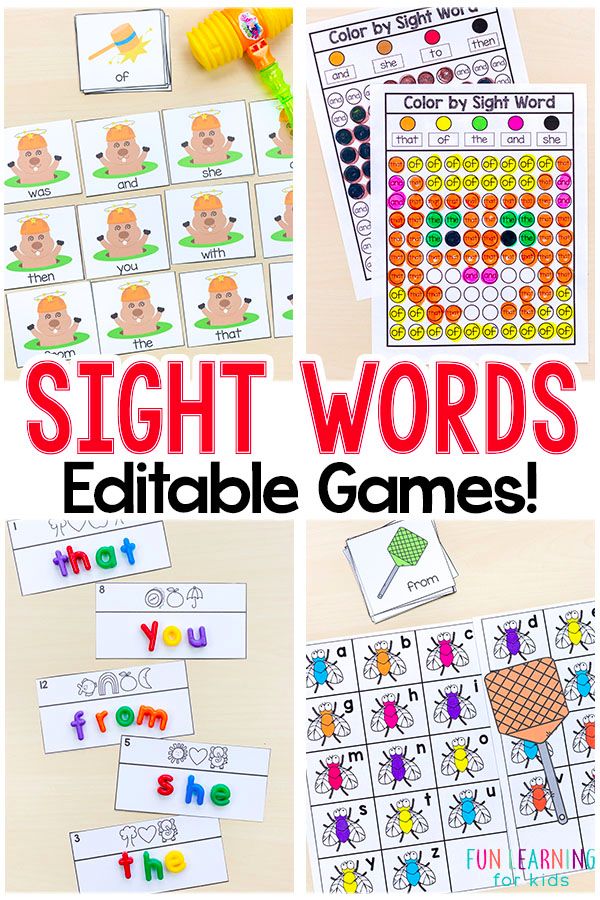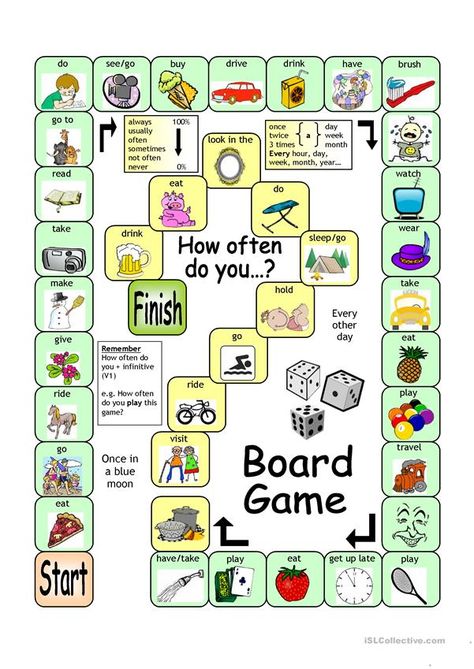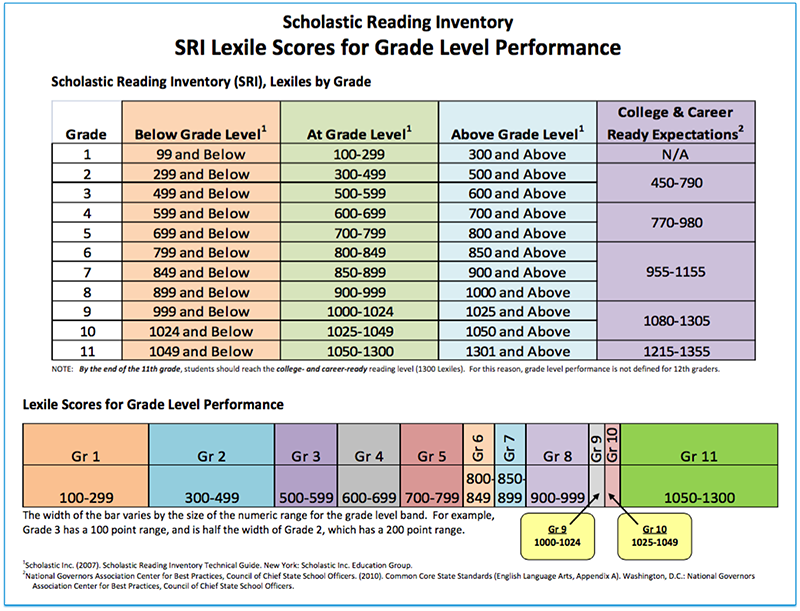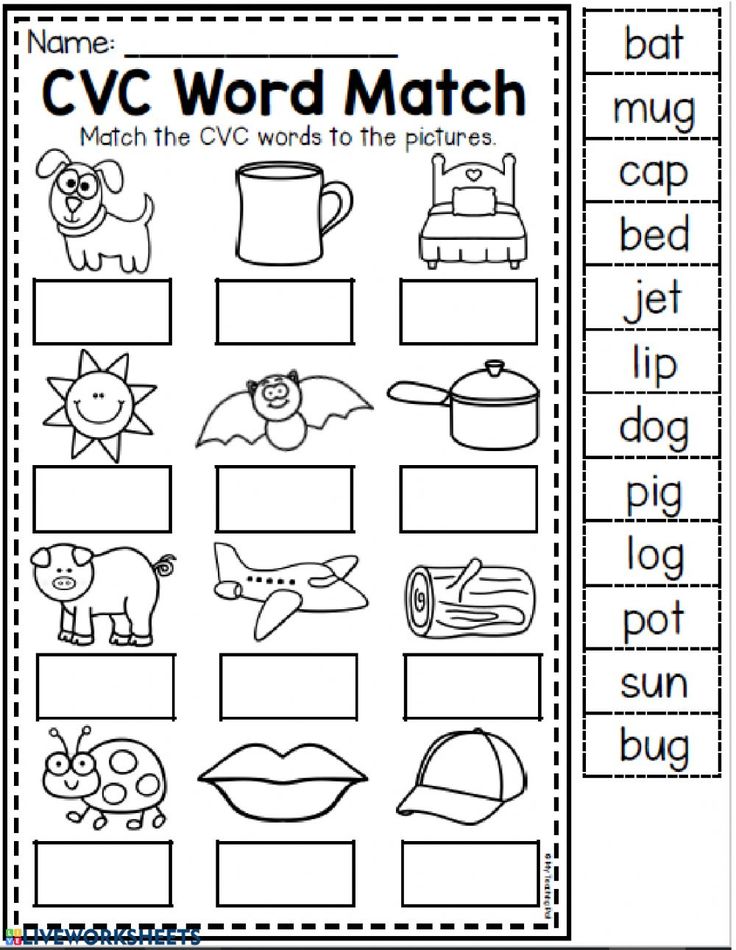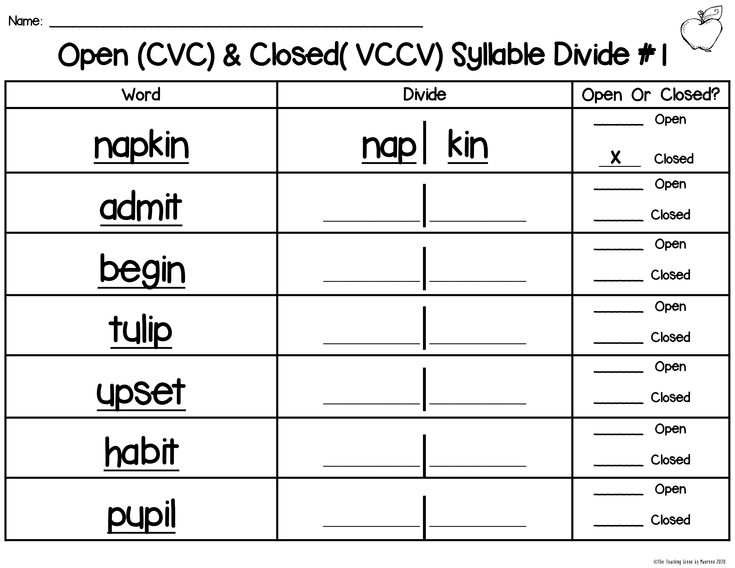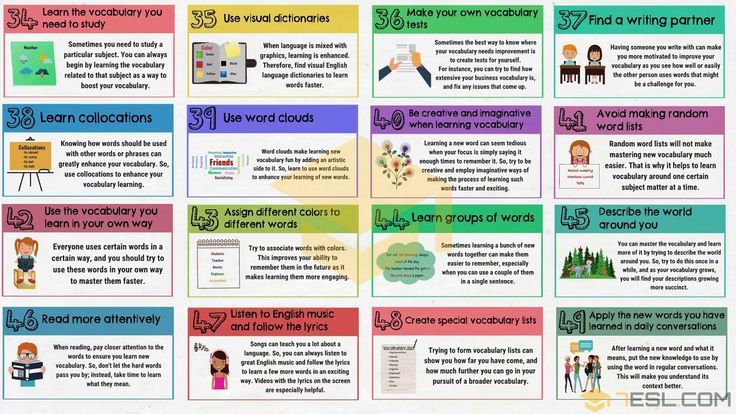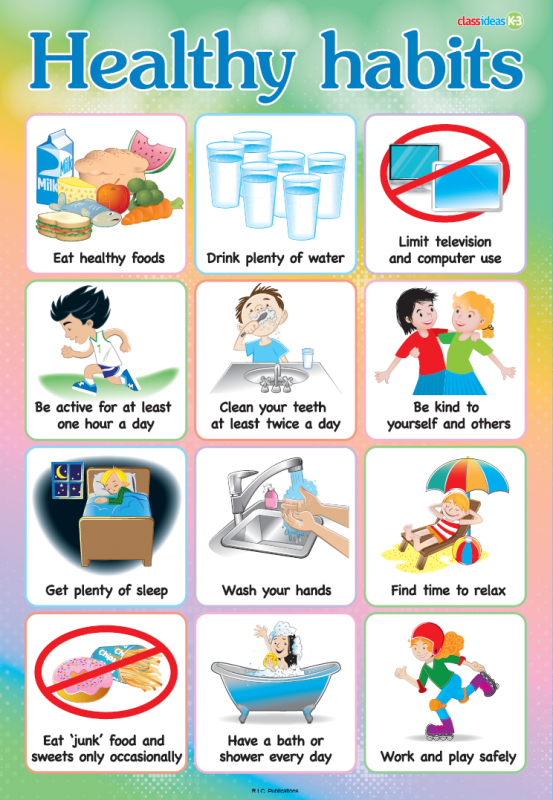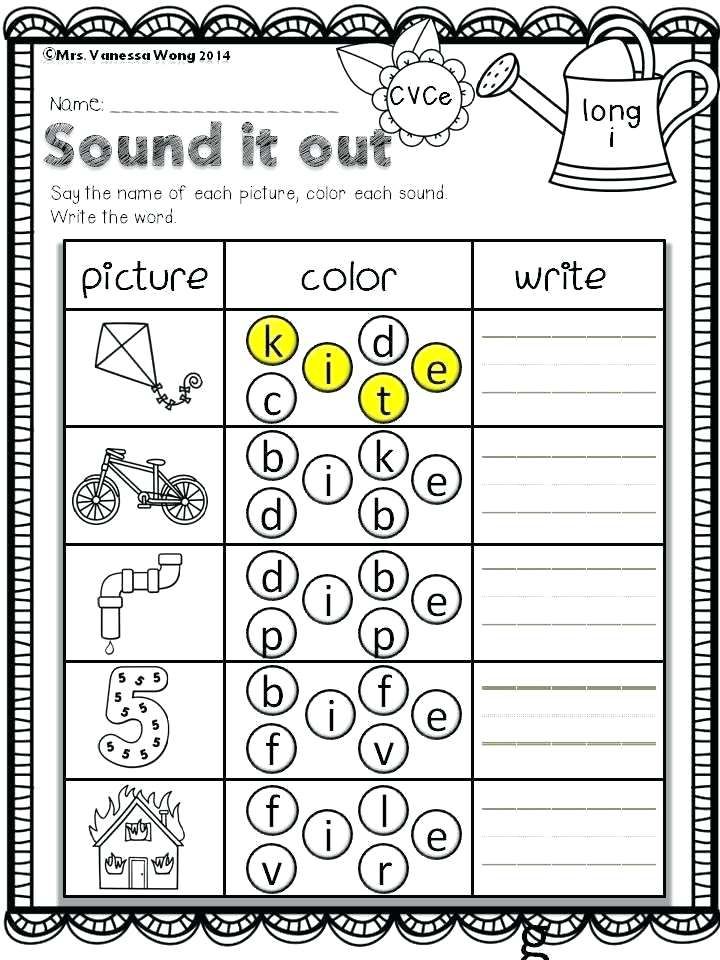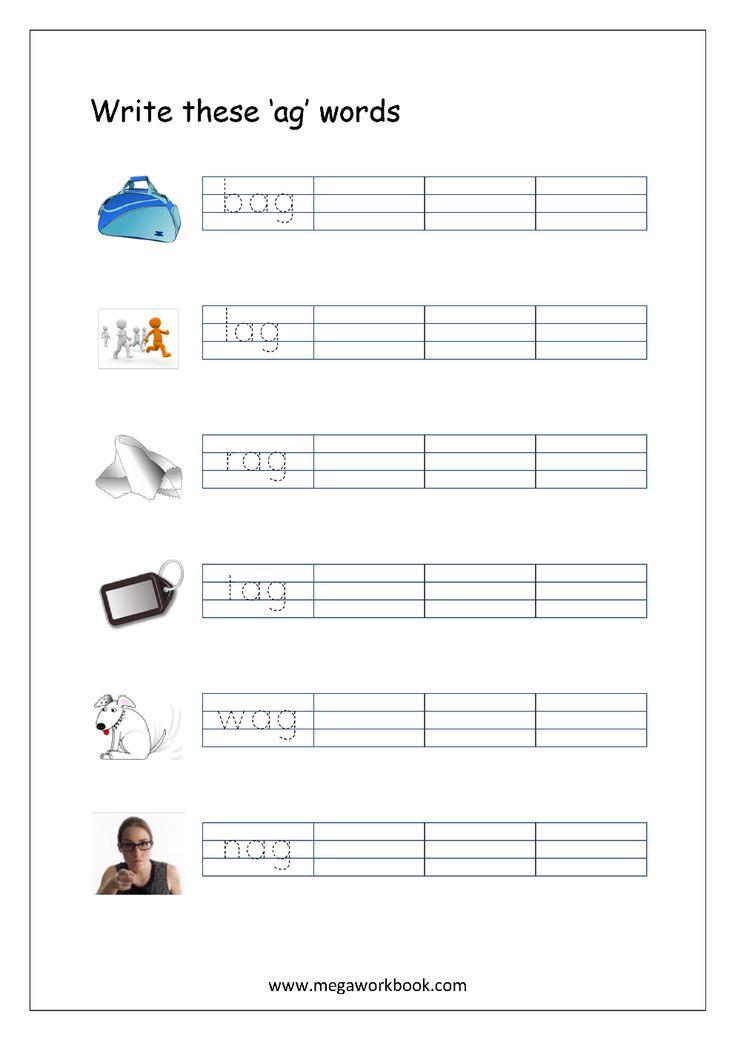Fun games to learn sight words
13 Highly Effective And Fun Sight Word Games To Help Your Kids Learn
What Are Sight Words?
What’s the most common word in the English language? It’s the. Imagine pausing every time you ran across this word in a book, on a poster, or in a magazine. Even the simplest texts would become grueling to read.
Common words in the English language (like the) are often grouped together in the early stages of reading — these are what we mean when we speak about sight words. Sight words aren’t easy to sound out or decode, especially for young readers who are just learning the rules to sound out words, so we memorize them (or, in other words, recognize them by sight).
These words occur so frequently that readers, including very young readers, need to know them instantly. And once your child learns basic sight words, they won’t need to spend a lot of time trying to decipher these high-frequency words.
Sight words are dually helpful in this way: they help your child instantly recognize familiar words and help them bypass trying to sound them out because, phonetically, they often don’t make much sense!
Why, for instance, doesn’t the word was rhyme with has? Why doesn’t have rhyme with gave? The first of each is phonetically irregular, despite the fact that they’re some of the most common words in the English language.
As adults who learned to read many years ago, we don’t think twice about why we pronounce sight words the way we do. We also don’t consider why was and has or have and gave don’t rhyme.
Our reading of these words happens automatically, and that’s what helps us read fluently. But early readers who are learning the rules of the English language need a little help.
That’s where sight word games come in. We’ve compiled a list of fun activities that you can do with your young reader to help them learn sight words. And these activities are great for both you and your child.
For you, a majority of the activities require minimal supplies and prep time, which is great for a busy parent. For your child, the games are lots of fun, so they can learn without even realizing it.
But before we get to these fun activities, let’s be clear on the specific sight words your child will need to be familiar with.
What Words Should You Use For Sight Word Games?
Decades ago, an educator named Edward Dolch developed a list, used widely by teachers, of the words most frequently used in children’s books.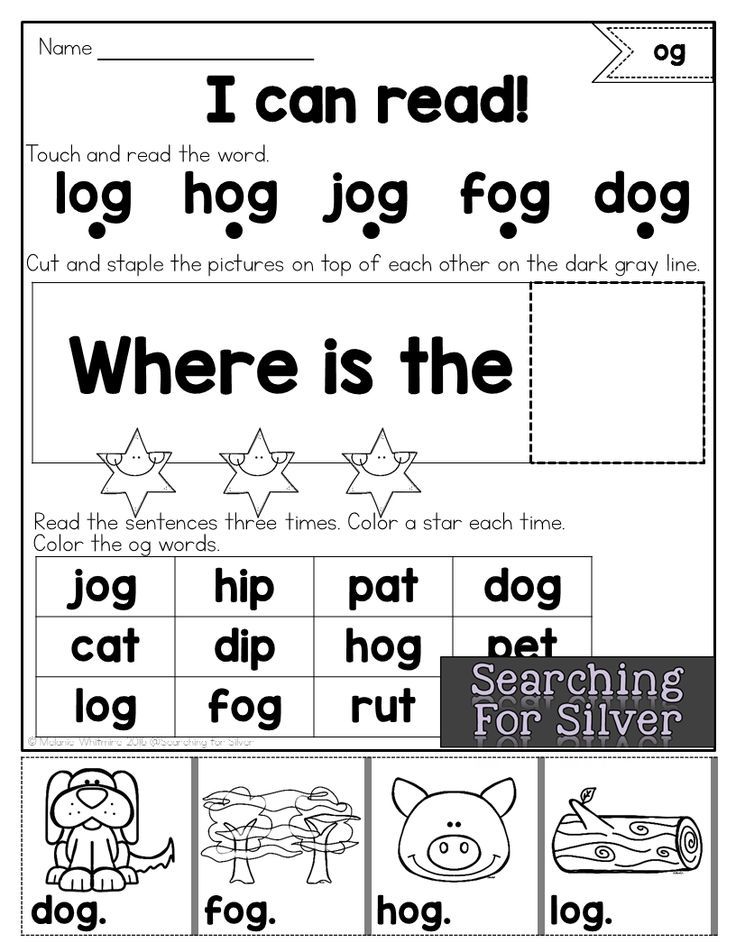 He identified 220 “service words” and 95 nouns. The words are broken down by levels: pre-primer, primer, first grade, second grade, and third grade.
He identified 220 “service words” and 95 nouns. The words are broken down by levels: pre-primer, primer, first grade, second grade, and third grade.
Some of the 315 words that comprise the two lists are very easy for kids to learn: a, I, it. Others offer more of a challenge. For instance, the pre-primer list includes you, said, and where.
Here is a list of the 45 sight words we include in our Beginning Reader and Growing Reader pathways:
And, a, the, on, is, to, I, was, you, your, yes, no, do, they, with, that, are, said, girl, boy, were, this, look, like, want, has, of, what, see, go, play, here, very, good, his, her, there, where, have, walk, talk, know, blue, green, little.
Are Sight Words Just High-Frequency Words?
The short answer: not quite. But it’s a little more complicated.
While the terms sight words and high-frequency words are often used interchangeably, there are some key differences.
High-frequency words, as the name suggests, are the most commonly found words in our written language.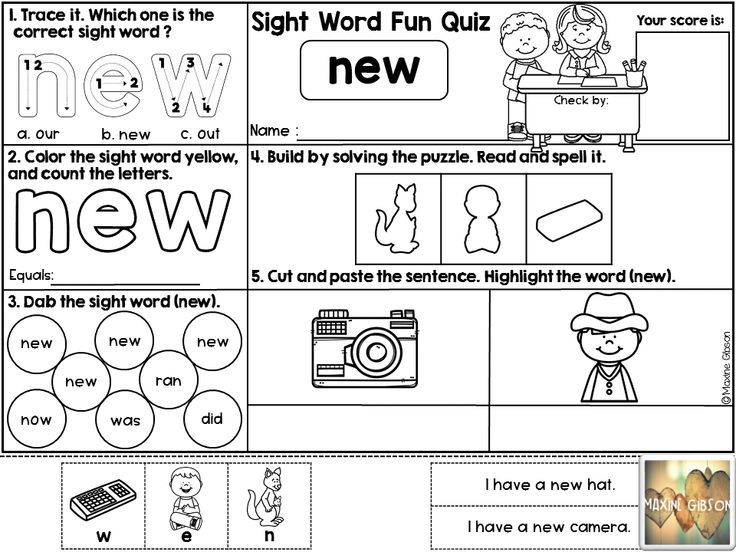 For example, like, the, it, etc., are all high-frequency words. And some of them follow standard phonetic patterns while others don’t.
For example, like, the, it, etc., are all high-frequency words. And some of them follow standard phonetic patterns while others don’t.
On the other hand, though sight words may frequently occur in text, what sets them apart is that they do not fit standard phonetic patterns or the applicable phonetic rules are more advanced. Therefore, they often need to be memorized.
In essence, many high-frequency words can become sight words once a learner reads them instantly without trying to decode them.
One of the best ways to help kids get to this stage of word recognition is to continue exposing them to sight words. This is where games come into play!
13 Fun Sight Word Games To Help Your Child Learn
Parents wear many hats — companion, guidance counselor, teacher, and so on — and all of them are crucial. But one of the most enjoyable parts of being a parent is cutting up with your child and having a little bit of fun.
The good news? Your child can learn and have fun at the same time while playing these games!
We know how invested you are in your child’s future.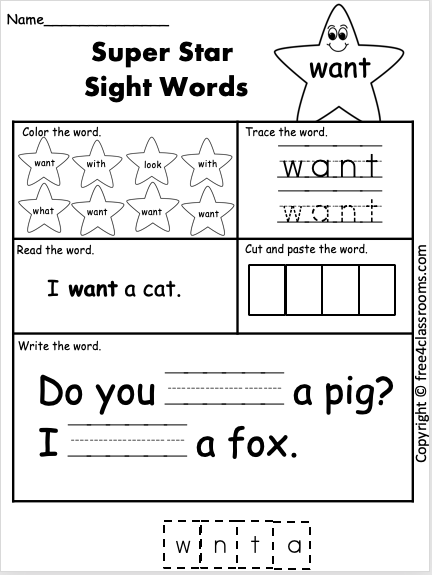 We want to help you set them up with the best tools for success in the easiest, most enjoyable way possible. So here are some sight word games that will get their brain working and their belly laughing!
We want to help you set them up with the best tools for success in the easiest, most enjoyable way possible. So here are some sight word games that will get their brain working and their belly laughing!
1) Sight Word Twister
This is a version of the popular game Twister. If you want to try this game, choose between six or twelve words to work with at a time.
That number will depend on your child’s comfort level with sight words, their attention span, and the amount of time on your hands! Feel free to start small and work your way up with additional rounds.
Write each sight word you chose on a blank index card. Then, clear a space on a wooden or linoleum floor and tape each word so that they are all just a little bit apart from each other (make sure your little one can still reach!). Now the fun begins.
Tell your child to find one of the words — have, for instance — and place an elbow on the word. Then they must put their knee on a second word and their nose on a third. You can go on to a fourth, fifth, or sixth word, or you can stop at three.
You can go on to a fourth, fifth, or sixth word, or you can stop at three.
Your child isn’t the only one who has to twist and turn. In our experience, children want you to play along with them and be just as silly about the shapes you make with your body!
Plus, giving your child the chance to choose the word you have to touch helps them practice reading their sight words. Being the “game boss” will give them another opportunity to learn!
Your child may have a blast with this game and insist they want to keep going, but it’s best to limit your play to two or three rounds per player. That will help keep them from getting bored with the game (and give their brain a chance to rest!).
2) Pick The Word
If you want to try this game with your child, write your six sight words on index cards — one word per card. On a separate sheet of paper, list the six words twice — one list for you, one for your child.
Next, place the index cards with the words facing down.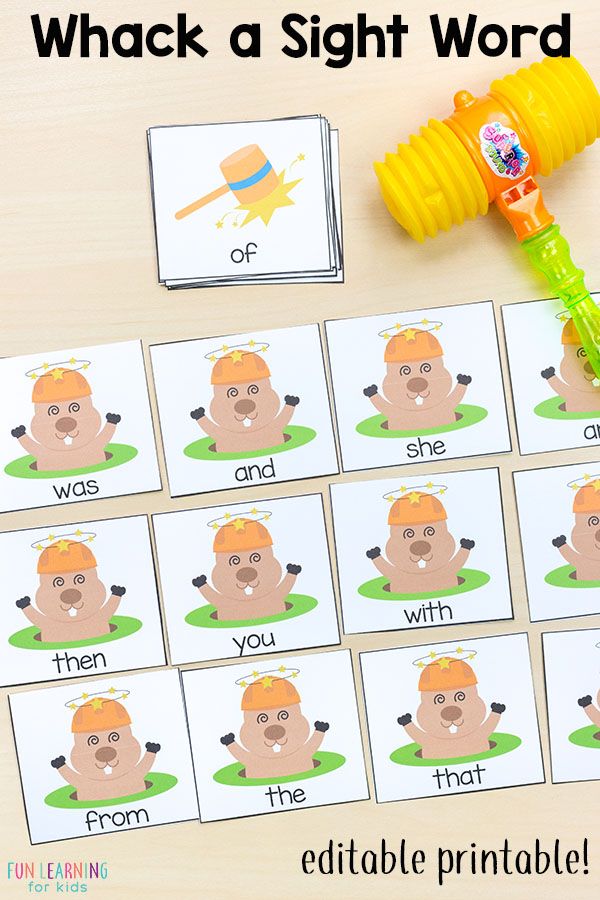 You can take the first turn. After picking a word from your list, flip four of the cards so the words are showing. If you uncover the word you’re seeking, you can cross that word off your list.
You can take the first turn. After picking a word from your list, flip four of the cards so the words are showing. If you uncover the word you’re seeking, you can cross that word off your list.
At the end of your turn, flip the cards back over, mix them up, and give your child a turn at flipping four of the cards.
If on your first turn you did not find the word you wanted, you have to hunt for the same word on your next turn. If you found the word you wanted, pick a second word from the list.
The first player to cross off four words wins. To make the game more challenging, you can turn over three cards per turn instead of four, or you can aim to find all six words instead of just four of the words.
3) Word Match Up
On a sheet of paper, write your six sight words three times. Your child’s job is to draw a line that connects each word to the two identical words on the sheet.
After drawing a line that connects the first three words, it’s time to connect the next three matching words.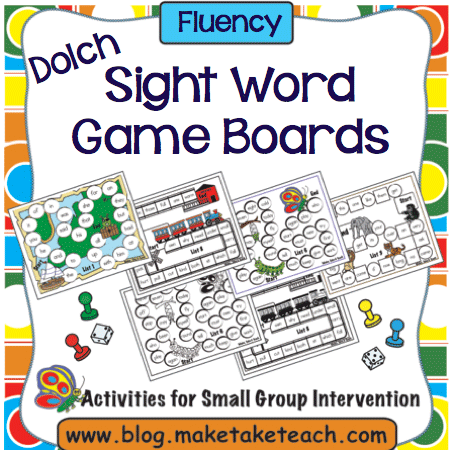
This game may sound pretty easy, but here’s the hitch: your child cannot cross any line already on the page. The page gets pretty crowded with lines, so this is not an easy accomplishment. They may end up with some kooky, loopy lines — and that’s the goal!
Try it yourself. The more you stumble and struggle, the more your child will enjoy the game!
4) Word Toss
If you’d like to give this game a go, write each sight word on its own Post-it® and then stick the words on the floor. You can also stick them to a wall or a door.
Get a soft toy, like a small stuffed animal, and stand a few feet away from the words. Choose a word and say it aloud. Your child must toss the toy so that it hits the right word.
Your turn next. Your child picks a word for you to hit. The game is more fun if you miss, so don’t worry about having poor aim. You can play to see who reaches a set number of points or who has the most points after five or six rounds.
5) Sight Word Bingo
Selecting from the Dolch lists, you can make custom Bingo cards that use sight words.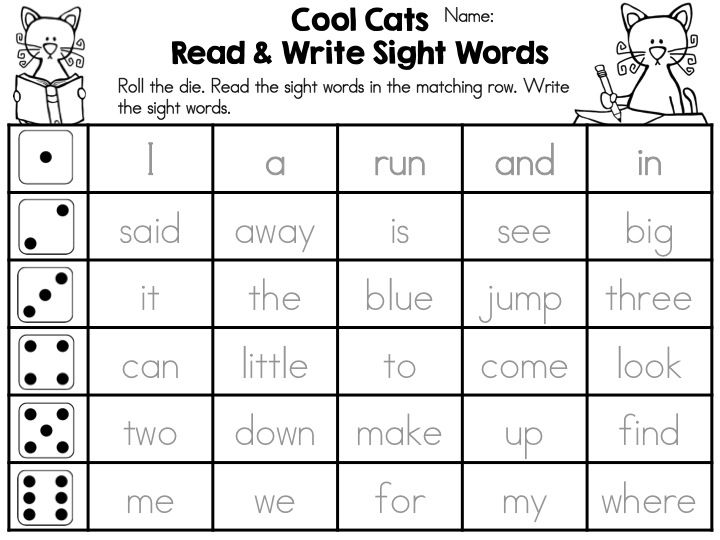 It makes the perfect, classic sight word game for your child!
It makes the perfect, classic sight word game for your child!
We’re sure you know how Bingo works, but just in case, we’ll give you a refresher. Set up one regular bingo board each for you and your child. If more people are playing, you might have teams or make sure you have one card for each player.
Tell your child to pick 24 words. The same words will go on both boards, but in different places on each board. Then write the words on index cards. Turn the cards over and mix them up.
Players will take turns picking cards — reading the words and finding each word on their card. When they find a word, they will cover it with a token or a penny. The first person to get five words in a row wins. Bingo!
6) Sight Word Go Fish
Introducing your child to this game will be easier if they have prior experience with Go Fish. If they don’t, that’s OK, too! It’s easy to learn and a blast to play.
If you’d like to give this game a go, use index cards or cut pieces of paper for playing cards.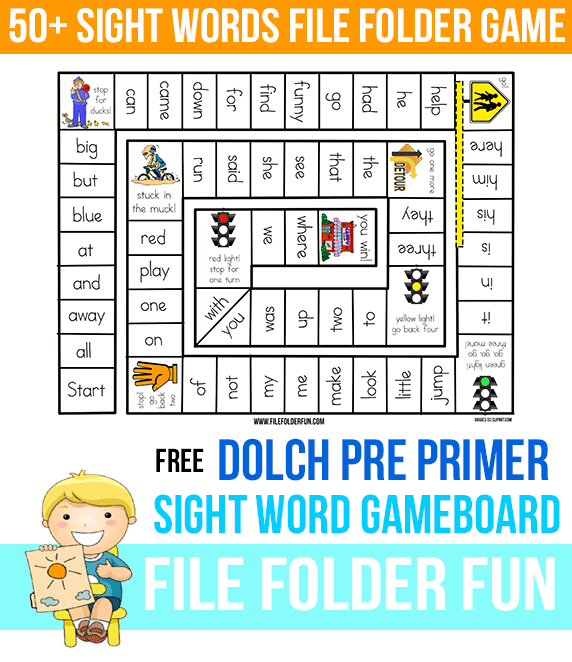 You can write matching pairs of whichever sight words you want your child to focus on. It’s important that there are at least two cards for each word — the point of Go Fish is to match them!
You can write matching pairs of whichever sight words you want your child to focus on. It’s important that there are at least two cards for each word — the point of Go Fish is to match them!
We recommend starting with 20 cards (ten sets of words) and giving each player five cards in their hand. You can decrease the number for younger children and increase the number (or difficulty) of words as your child gets more comfortable playing.
Tip: For younger kids, you might let your child lay the words on the floor and hide them from you by using a book as a shield rather than them holding the cards in their hand, as that can be challenging.
Your child will read out the word they want to match. If the word is an, for example, and you have the other an card in your hand, then you have to hand it over. If you don’t have the matching card, then you tell them to “Go fish!” from the pile of extra cards.
If your child is a little older and experienced with some sight words already, feel free to sprinkle in words they already know.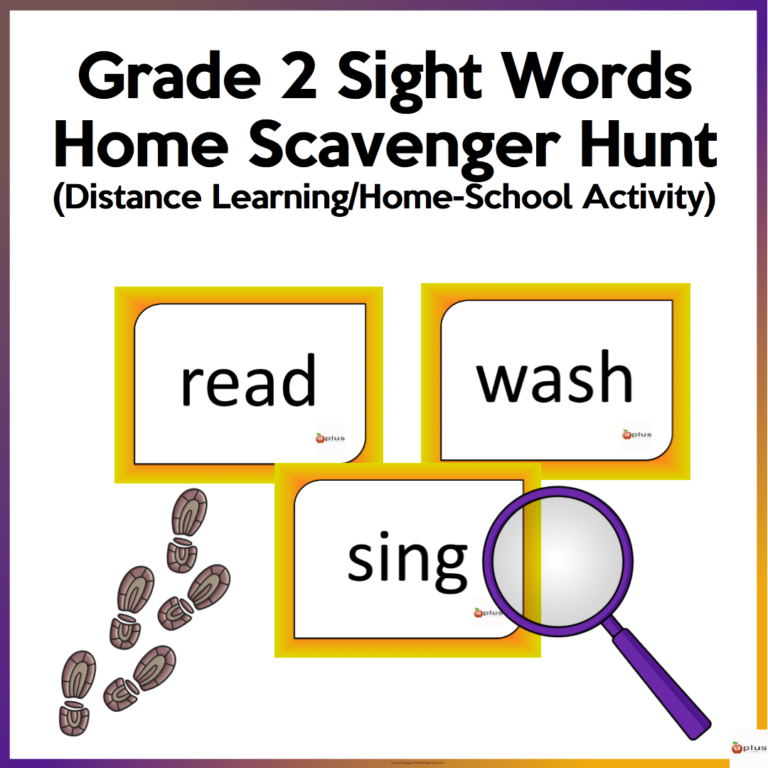
The familiarity will help their confidence as they work with their new words. We all like the feeling of knowing how to do something correctly — reinforcing their knowledge positively (like through a game!) will help keep them encouraged to learn more.
7) Sight Word Scavenger Hunt
This option is super versatile — it can be played indoors or outdoors!
We all love a good, old-fashioned scavenger hunt. Instead of hunting pastel eggs filled with candy, though, this game has your child hunting their sight words.
If you want to try this game with your child, write the sight words you want to use on a stack of index cards and number them 1-10. It may also be beneficial to write the words on a separate sheet of paper for your child to reference so they know the selection.
Then make a list of clues for those same words on a separate piece of paper. For example, one clue might be, “I __ a cookie” (have) or, “What word rhymes with buzz?” (was).
Next, simply hide the cards in places familiar to your child.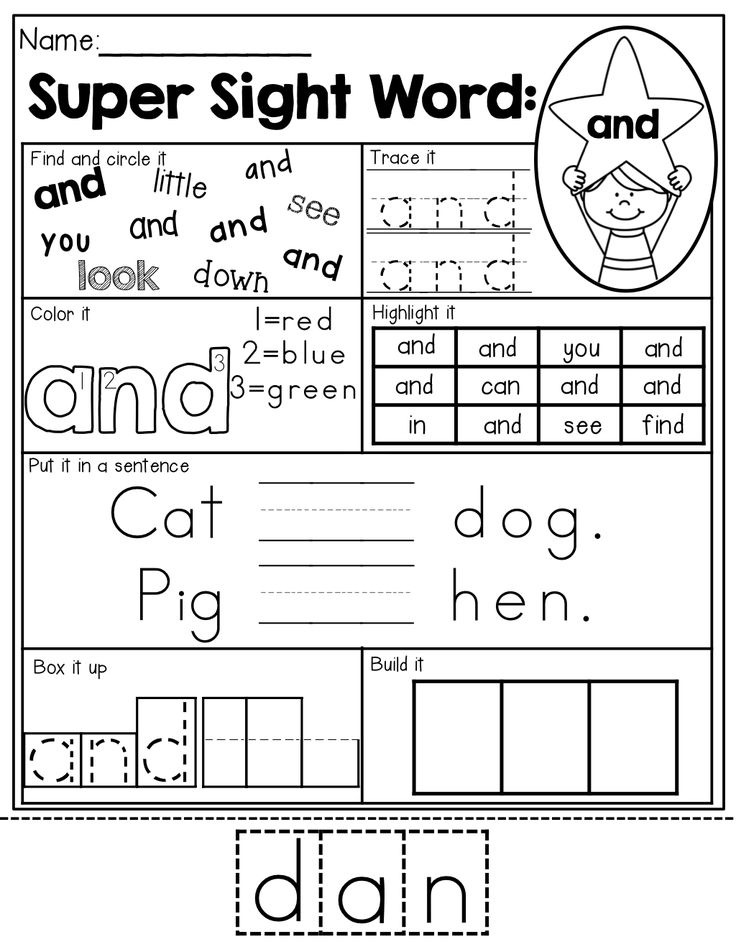 You can use the backyard, a favorite park, or your whole house if it’s an extra rainy or cold day. They’ll use the clues to figure out which words to search for.
You can use the backyard, a favorite park, or your whole house if it’s an extra rainy or cold day. They’ll use the clues to figure out which words to search for.
Tip: make sure you remember where you put the cards! You’ll need to keep in mind the different locations while you write out your sheet of clues. The numbers on the cards should coincide with the clues. Have fun with some wacky rhymes and hints that will get your child laughing!
The clue list can also be made optional. If you’re working in a small space, your child can always just try to find however many words you hid. If they know to look for 10 cards, then they can just run wild through the room (hopefully not upturning furniture!) searching for them.
8) Sight Word Tower
This is an easy, fun sight word game for your child to try that we guarantee they’ll love — because it involves things crashing and making a mess (but one that’s easy to clean up, we promise!).
While trying this game, you’ll need a stack of paper or plastic cups that you don’t mind writing on with a marker.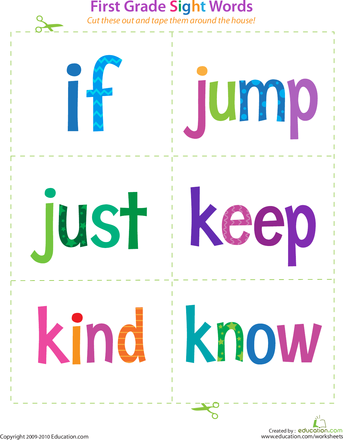 Near the rim of each cup, write a single sight word you want your child to focus on (that way all the cups are the same).
Near the rim of each cup, write a single sight word you want your child to focus on (that way all the cups are the same).
Then your child simply picks up the cup, reads off the sight word, and tries to create a “tower” or “castle” out of all their sight word cups! Here’s the rub — you can only have three cups on the floor! All others must build on top of those three and cannot be inside each other.
The trick is to make sure the cups don’t fall over — if they do, you have to start again! They win once they stack all the cups (and read all the sight words!).
9) Volleyball
This sight word game is easy and simple as well. All you need is an inflatable beach ball that you can write on with a permanent marker.
For each “sliver” of the beach ball, you’ll simply write down a sight word. Then you and your child will toss the ball back and forth. If you want to simulate a proper volleyball game, then you can do this over a net propped up in a yard.
When you catch the volleyball with your hands, you have to read aloud the two words your thumbs touch.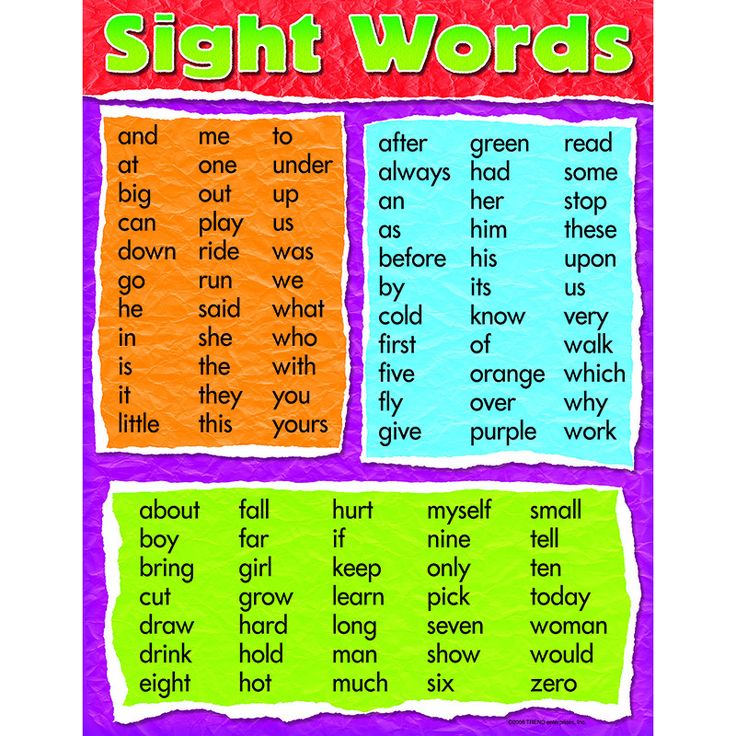 For example, your left thumb may touch the word “blue” while your right thumb touches the word “our.” Once you read the words, toss the ball back to the other player.
For example, your left thumb may touch the word “blue” while your right thumb touches the word “our.” Once you read the words, toss the ball back to the other player.
You don’t have to write in-between the lines on the ball, either. To make it wilder (and challenging!), you can write words all over the ball. That way the words your child “catches” are even more unpredictable.
10) Sight Word Path
All you need for this fun game is masking tape (or painter’s tape), index cards, and a marker.
First, write one sight word on each index card. Then, arrange your cards face up on the floor to make a “path.” This path doesn’t have to be straight. It can have as many twists and turns as you’d like (i.e., over the chairs, under the table, etc.).
When placing the cards, make sure they are close enough to each other that your child can step from one card to the next. Important tip: Don’t forget to tape them down with your masking tape to prevent slips or falls. Safety first!
Your child will need to stand at the beginning of the “path” you’ve created and read the word on the first card out loud to start the game.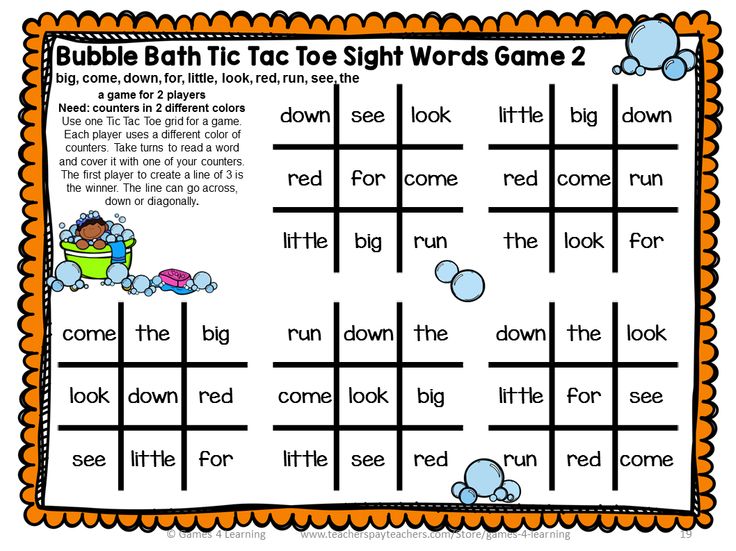 Then, when they’ve read it correctly, they step onto that card.
Then, when they’ve read it correctly, they step onto that card.
The goal is to read the next word, and the next, and so forth until they reach the end of the path. If you’re playing with multiple children, each child can start once the player before them has gotten to the end of the course.
Once your child is comfortable with this game, encourage them to read and walk more quickly. If they are just starting to learn sight words, you can first introduce them to easy terms and increase the difficulty as they go along.
This activity helps kids read sight words quickly and gain confidence through repetition. They’ll also be burning a lot of energy in the process!
11) Hangman
Hangman is a popular game that can also be great to help children learn sight words. To begin, grab some index cards, a marker, and some sheets of paper.
Write one sight word on each index card. Then, use your marker to draw a Hangman “scaffold” on a sheet of paper. (You can also use a chalkboard and chalk for this activity if those are available. )
)
Next, place the sheet of paper in front of your child, and put the index cards face down next to it. To play, have your child draw a card from the stack and read it aloud. Give them five to 10 seconds to do so.
If your child mispronounces the word on their card, show them how to add the first body piece to the hangman structure (e.g., the head). That index card will then return to the bottom of the stack for them to try again later.
(Remember to help them pronounce this word before returning it to the stack so that they’ll be better prepared next time.)
If they pronounce the word correctly (yay!), move that card to a “correct” pile. Then, continue playing until all the Hangman body pieces have been added — head, torso, arms, and legs.
Once the game is over, have your child count all the cards from their correct pile and tally this as their score. If you’re playing with more than one person, the one with the most cards is the winner! Note: Each child will need their own sheet of paper with the Hangman structure.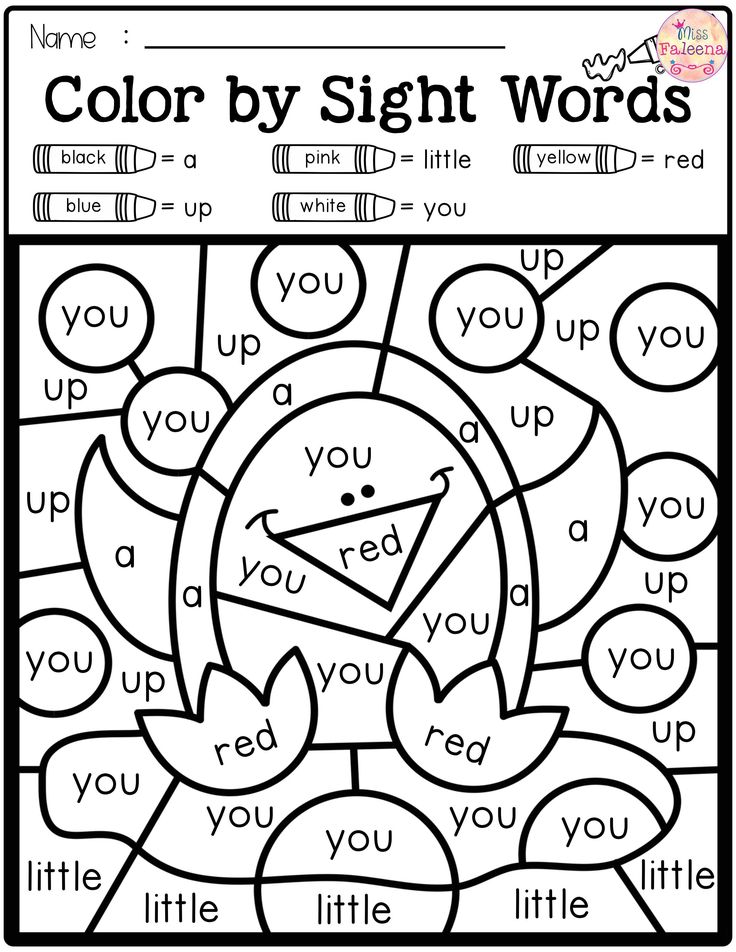
If you’re playing with very young children just starting to learn sight words, you can take two turns to draw each body piece (e.g., for legs, you can draw from the waist to knees, then the knees to the feet). This will give them more chances to get words right before the game ends.
If your child or children are more familiar with sight words, begin the game with the head and torso already drawn, giving them fewer chances to make mistakes.
Also, since any mispronounced words get returned to the stack of cards, your child will be exposed to them again, giving them more opportunities to get the pronunciation correct.
12) Sight Word Discovery
Most kids love discovering interesting items in their homes or backyards. Sight Word Discovery takes this natural love for exploring and mixes it with learning.
You’ll need a few items to get started — index cards, a marker, a large plastic tub, a lot of sand, and craft sticks and rocks (these are optional).
First, write a sight word on each index card.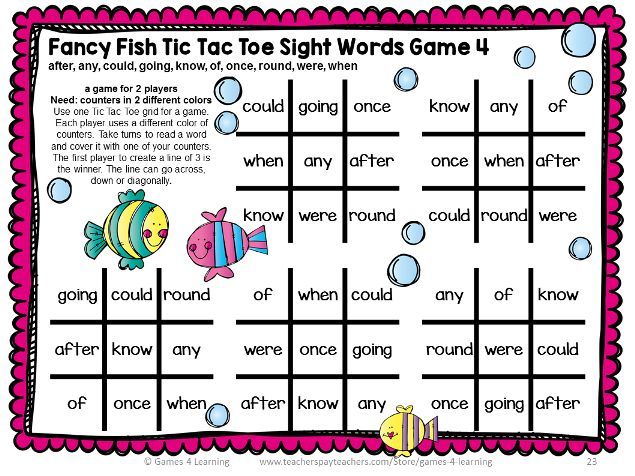 Then, fill the large plastic tub with sand. While filling it up, randomly put the index cards into the tub. You can add some sticks and rocks to the mix as well.
Then, fill the large plastic tub with sand. While filling it up, randomly put the index cards into the tub. You can add some sticks and rocks to the mix as well.
For this game, your child will need to act as a paleontologist who’s on the hunt for sight words (no fossil-finding today!). Every time your child finds a new card, have them read it aloud.
Wow! Look what I found! It’s “the!”
Sometimes parents find it difficult to encourage their children to participate in learning activities or games. But, since children often love playing with sand or dirt, you don’t have to worry about that here!
13) Sight Words On Playdough
Hands-on learning activities are a great way to help children grasp many concepts. That’s because they’re very interactive, allow for creativity, and help to make abstract concepts real.
All you need to get started with this game is playdough, magnetic letters (or letter cutouts from cardboard paper), index cards, and a marker.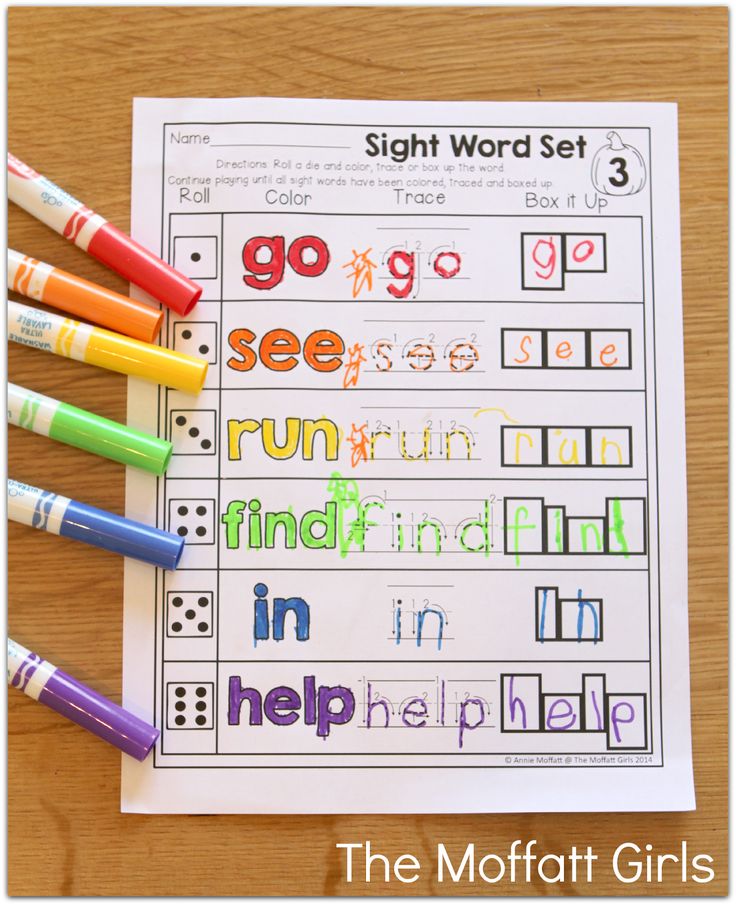
The goal is to encourage your child to construct sight words using the magnetic letters. They will then place these letters upright on the playdough.
To play, place a stack of index cards in front of them, face down. Each index card will have a sight word. When your child draws a card, they’ll need to read it aloud and then construct the word on the playdough.
For example, if your child draws the word like, they’ll need to read it, find the word’s letters, and place them upright on the playdough.
To make things a little more interesting, give your child a timer and ask, “How many words can you construct in five minutes?”
This is a great hands-on learning activity to help kids build their own sight words. And playing with multiple children can add some friendly competition.
What About Reading?
Here at HOMER, we’re big advocates of early childhood reading.
Not only do books expose your child to sight words (and high-frequency words), but they also help improve their vocabulary, strengthen their concentration, and expose children to the world around them.
In addition to playing the above sight word games, you can also continue to read regularly to your child to familiarize them with sight words.
Here are a few activity books you can also check out:
- Learn to Read: Sight Words Storybook (For three to five-year-olds)
- Sight Words Word Search Book for Kids (For four to eight-year-olds)
- 100 Sight Words Kindergarten Workbook (For four to six-year-olds)
- Sight Words Activity Book (For five to nine-year-olds)
- Sight Words and Spelling Workbook (For six to eight-year-olds)
Sight Word Games Are Fun And Functional
Games like these are easy to play, require very little equipment, and are highly effective. The more you play these or similar games, the faster your child will learn lots of sight words, which will make them stronger, more confident readers.
We hope you found some interesting options in this list that you’ll try with your child. Remember, sight word games are all about having fun and learning at the same time! Your child will work up their stamina the more they play these sight word games.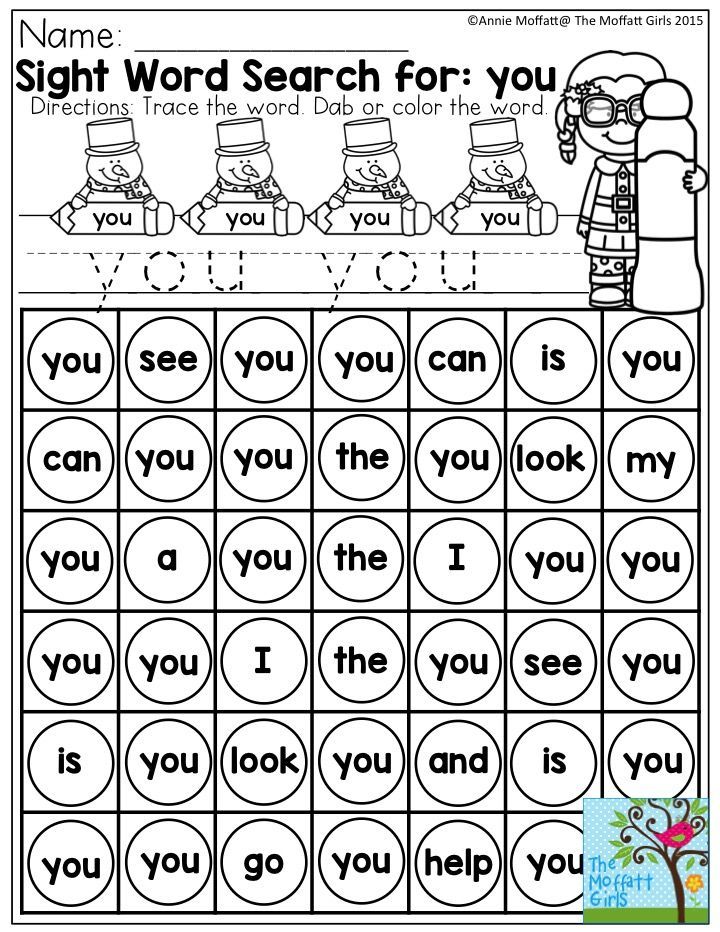
And as always, we’re here to offer a helping hand any time you need it. If you find yourself struggling to fit in practice time for your child’s sight words, you can leave them in our hands with the HOMER Learn & Grow app!
Author
10 Clever Games to Help Your Child Learn Sight Words
Big, at, can, does, go, see: these are just a few of what are commonly referred to as sight words. Sight words are those foundational words that appear frequently wherever you see words in print. Children should recognize sight words without sounding out the letters to build reading speed and fluency.
Sight words are unique. Many of them can't be figured out phonetically, and they are often an exception to the rules of letter–sound relationships. The best way to learn these words is through familiarity and memorization. This does not mean, however, that you have to sit with your child and use boring and basic flashcards.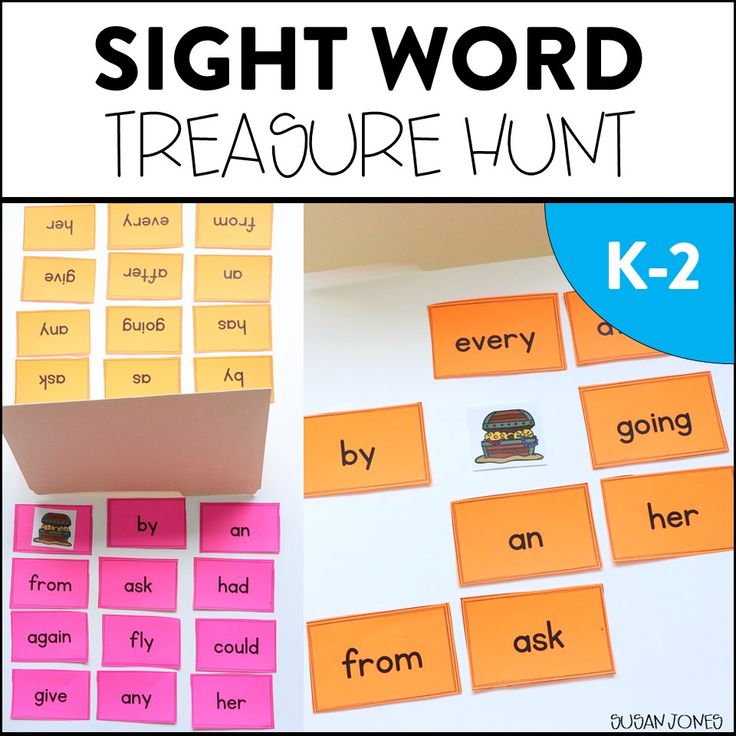 The best way children learn is by engaging in playful activities. Active learning will not only help your child retain the sight words, but will also develop skills such as critical thinking, communication, collaboration, creativity, innovation, self-regulation, and working memory.
The best way children learn is by engaging in playful activities. Active learning will not only help your child retain the sight words, but will also develop skills such as critical thinking, communication, collaboration, creativity, innovation, self-regulation, and working memory.
Try these 10 fun active learning games to help your child learn sight words and more!
1. Egg HuntJust in time for spring! You'll need paper (cut into strips), markers, and plastic eggs you can open. Write a sight word on each of the paper strips and place one strip in each egg. Hide the eggs all around your backyard or living room. Have a fun egg hunt with your child. Record one point for each egg found and two points if your child can read the sight word. How many points did your child get? Play again and see if she can get more points the next time.
2. Read An Interactive Book!In the Curious World App, you can read over a hundred books such as Goldilocks or Curious George Feeds the Animals.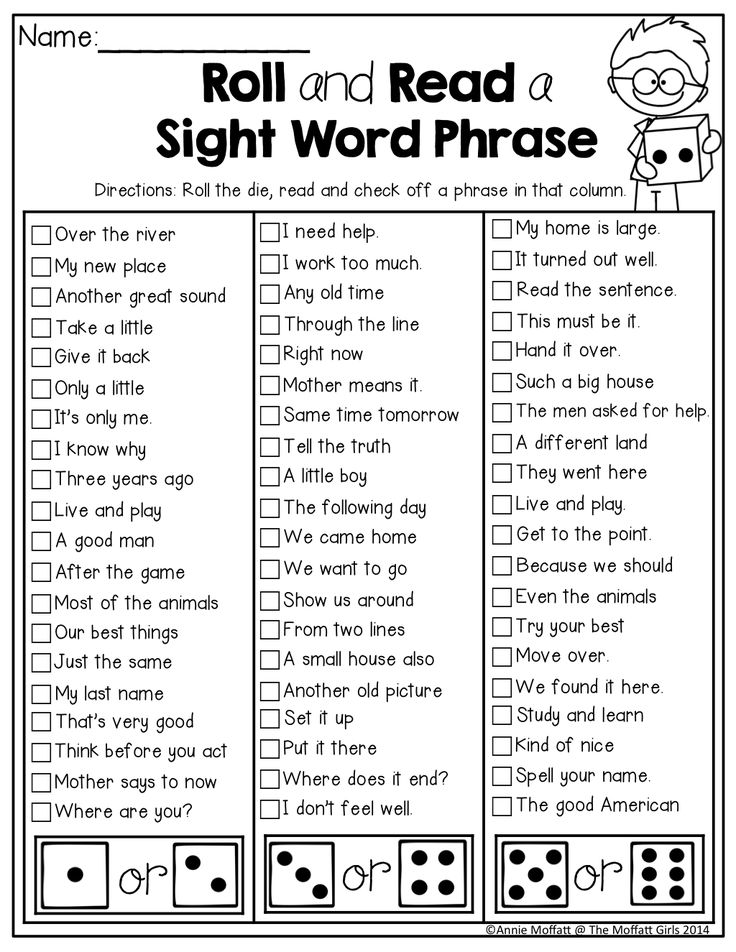 When your child selects the 'Read To Me' option, each word will be highlighted as it is spoken. The more books she reads, the more she will start to recognize common sight words. Click below to try it now!
When your child selects the 'Read To Me' option, each word will be highlighted as it is spoken. The more books she reads, the more she will start to recognize common sight words. Click below to try it now!
https://kidsy.curiousworld.com/book/4367?site=cw
3. Sight Word Smash-UpYou will need a few beanbags, index cards, and a marker. Write a sight word on each card. Spread the word cards on the floor. Shout out words and have your child toss beanbags onto them. Next, have your child shout out the word and see if you can hit them with the beanbags.
Make a grid (adjust the size depending on your child's abilities), and write a sight word in each square. Next, give your child some counters and read one of the words out loud. If your child can find the correct word, she gets to place her counter in the square. When she has completed a row or a column, she has won the game - bingo! For a digital version of this game, check out the Curious World App.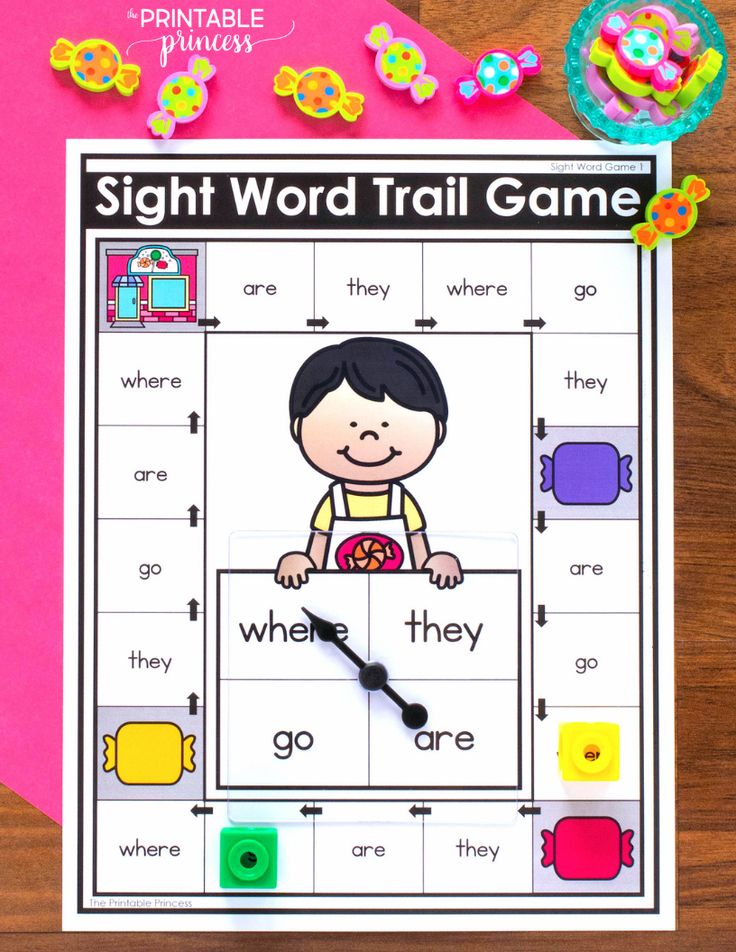 Get 20% off your first year when you follow this link (discount applied at checkout).
Get 20% off your first year when you follow this link (discount applied at checkout).
You will need white paper plates and a marker. Write a sight word on each of the plates. Create a path all around the house using the paper plates. Start at the beginning of the path and have your child read each word as she walks to the end of the path. Your child can pick up the plate each time she reads a word. Repeat the game by creating a new path.
6. Spot the WordWrite 20 sight words on 20 pieces of paper. Use words you want your child to learn. Stick the words on a wall. Get a flashlight and dim the lights. Shine the light on a word. Ask your child to read the word. Switch it up by reading a word and having your child find it with the flashlight. Make the activity even more fun using black paper and a glow-in-the-dark crayon or marker.
Oh no, the aliens are attacking! Move the spaceship and shoot down the correct sight word to stop them before they reach earth. Exclusive to the Curious World App.
Exclusive to the Curious World App.
You will need heavy white paper such as poster board or cardboard, a white crayon, watercolor paints, and a paintbrush. Using the white crayon, write sight words in a random pattern on the paper. Next, have your child paint on the paper with watercolor paints. As the words are revealed, ask her to name the words she sees.
9. Puzzling WordsChildren love puzzles! Take a 20 to 100-piece puzzle, depending on the size of puzzle your child can handle, and write a sight word on the back of each piece. Have your child pick up a piece and read the word before putting it in the puzzle. If she struggles with the word, read it to her and put the piece aside for her to come back to and try again.
10. Catch the WordStart with 10 small balls. Tape a sight word on each ball. Play a simple game of catch, and each time your child catches a ball, she will read the word aloud.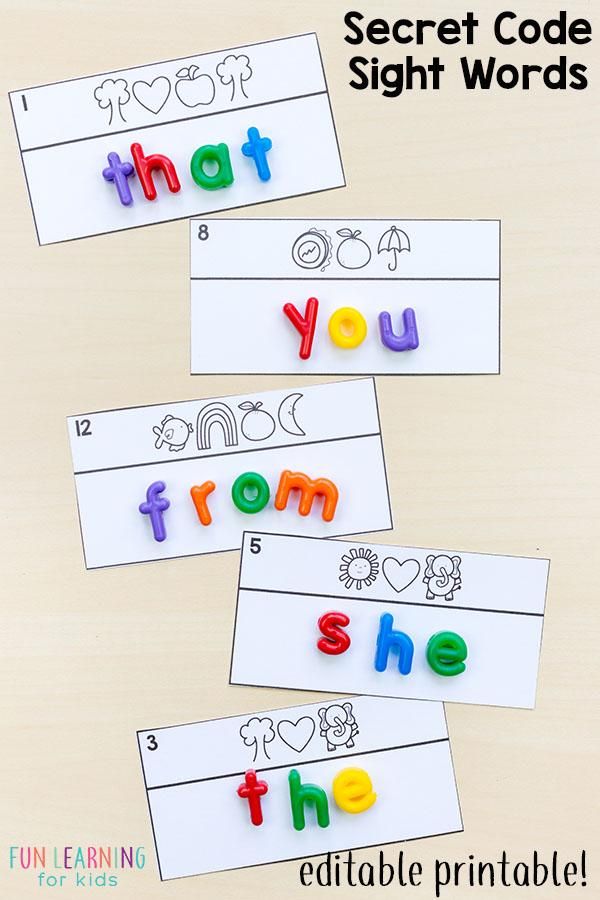 Repeat with the other balls and keep the action going.
Repeat with the other balls and keep the action going.
20 Team Building Games for Every Taste
"None of us is smarter than all of us together" -
Ken Blanchard, American management expert and author.
A friendly, cohesive and efficient team is the hallmark of a successful and constantly evolving business. An experienced leader knows that without a good rest, one should not expect a good job.
Contrary to popular belief, team building games are not only fun or even a waste of time. They contribute to the improvement of the company's performance, increase the productivity and level of employee satisfaction from work, and broaden the horizons of team members.
Also, team building games quickly increase the level of mutual understanding among employees, which creates a favorable working environment. In addition, team entertainment helps to reveal the leadership qualities of company employees, as well as to discern their (often hidden) talents.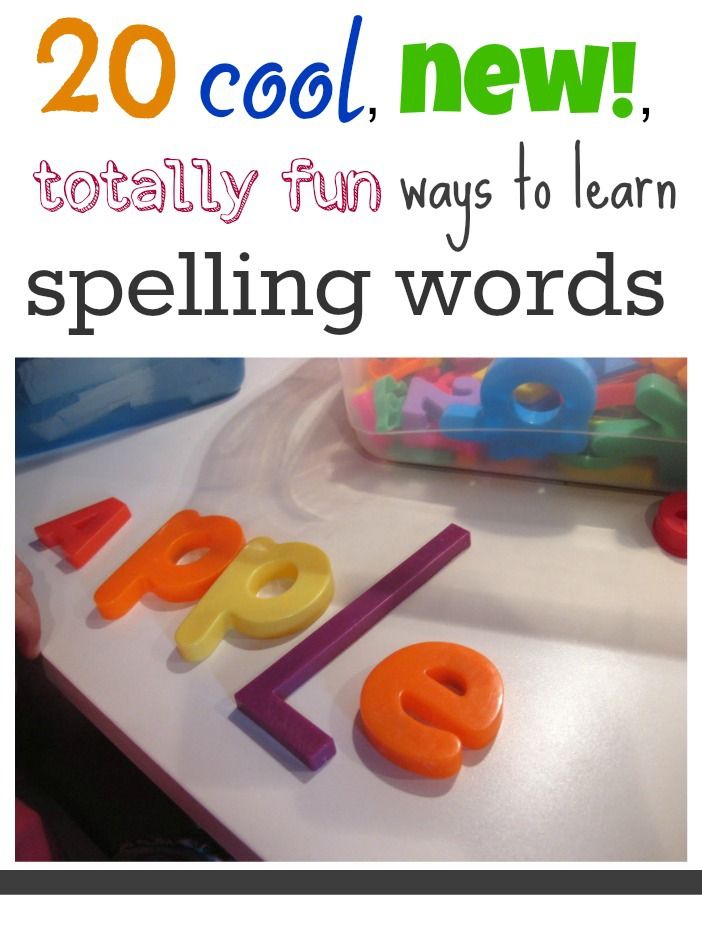
It is especially important to pay attention to team building games at a difficult time when many people work from home. Remote employees feel more isolated than ever from the team. This, according to Gallup (analysis and consulting company), can reduce productivity by up to 21%.
In this article, we have collected 20 team building games that will support the morale of the company's employees, will not let you get bored and drown in everyday worries and problems.
Content:
- Office games.
- Outdoor team games.
- Online games for remote teams.
- Indoor team building games.
Office games
1. Hulahoop
Time : from 10 minutes.
Number of players : 2 or more.
Rules : Competitors are armed with pen and paper. Each pretends to own a large warehouse filled with hoops. In one minute, the participants must describe how they will dispose of the hoops in the warehouse. Then each in turn tells his version of the solution to the problem. The weirdest one wins.
Then each in turn tells his version of the solution to the problem. The weirdest one wins.
Team play stimulates the imagination and creativity of team members and helps relieve tension. If you are stuck at any stage of the project, the game will be especially useful. After such exercises on imagination and creativity, the brain is able to come up with a non-trivial solution to the problem the team is facing.
2. Criticize - offer
Time : from 10 minutes.
Number of players : 2 or more.
Rules : Project participants come up with and write down negative phrases and words on the board in the meeting room that kill the idea or hinder its development. For example:
- Management will die laughing at such an idea.
- Let's get back to reality.
- Not that.
etc.
Anyone who uses words or phrases from the prohibited list during a meeting will be fined.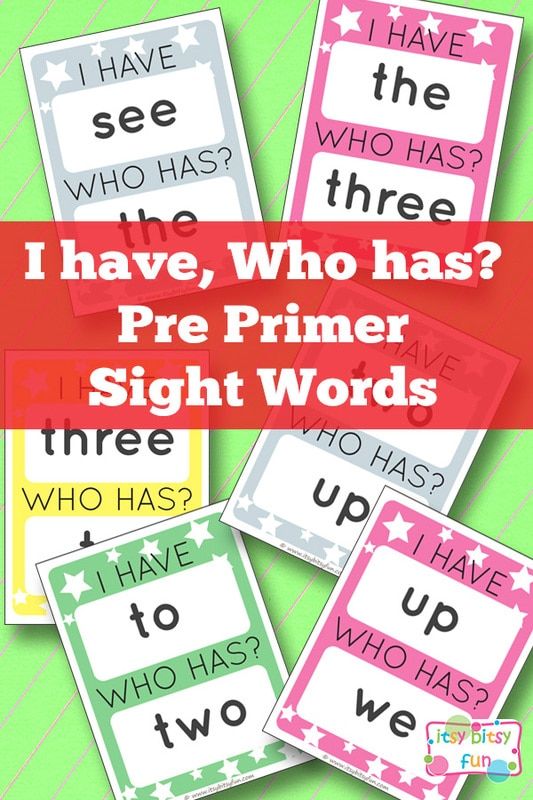 In the future, the total amount of fines can be spent on a joint lunch or donated to charity.
In the future, the total amount of fines can be spent on a joint lunch or donated to charity.
The game will perfectly fit into the workflow and will help you to conduct meetings, brainstorming sessions and meetings even more productively. With its help, employees will learn to offer more ideas in a positive way, develop them and give suggestions a chance to exist. In addition, this format of discussions will unite the team and reduce the number of conflict situations.
3. Believe/don't believe
Time : from 20 minutes.
Number of players : 5 or more people.
Rules : Players are divided into teams. The host (one of the team members) writes a certain number (depending on the number of players) of facts about himself on small pieces of paper. Among them can be both real facts and fictional ones.
Papers with facts are thrown into a hat and put on the table. Further, each of the team members in turn approaches the hat, draws out a fact and reads it aloud.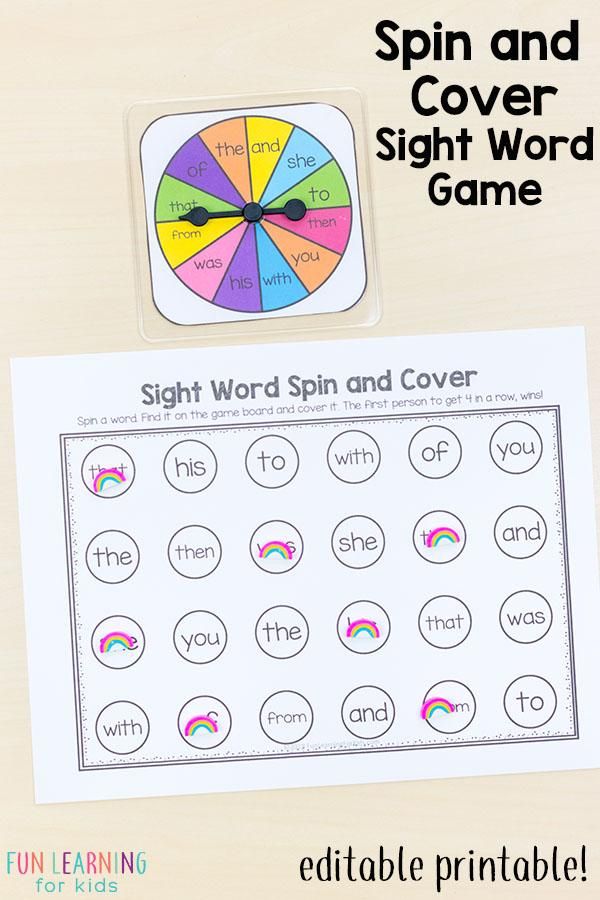 The task is to guess whether the fact is true or not. The correct answer is 1 point. The team with the most points wins.
The task is to guess whether the fact is true or not. The correct answer is 1 point. The team with the most points wins.
This game will help you get to know new employees better, find friends with the same interests, take your mind off work and just have fun.
4. Jenga
Time : from 20 minutes.
Number of players : 2 or more.
Rules : Office interpretation of the classic game. To do this, you will need the same Jenga (the famous English board game), pens and pieces of paper. Each participant writes down a stressful or difficult work situation on a piece of paper. When everyone is ready, the leaves are mixed and folded into a hat (or bag, package, etc.).
Next, the game starts. The one whose move destroys the tower pulls out a piece of paper and tells the team how he would cope with the situation described by a colleague.
This kind of Jenga will help not only to relax and distract from routine matters, but also to develop the ability to get out of critical situations with minimal losses.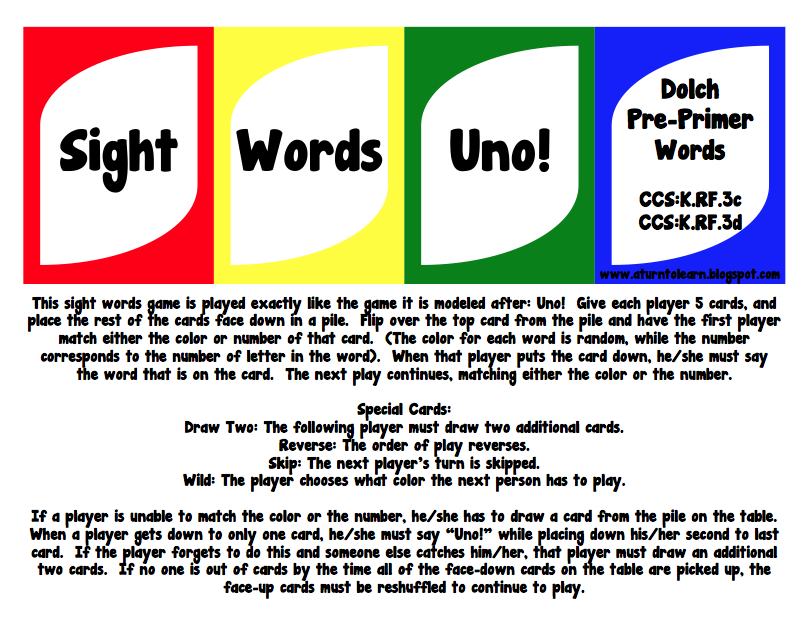
5. Who is first
Time : from 10 minutes.
Number of players : odd (3 or more).
Rules : In this game, the facilitator names three random letters of the alphabet, and the other participants (play in teams or each for themselves, depending on the number of people) try to find objects whose names begin with these letters. The winner is the one who finds three items the fastest.
The game is perfect for a short break in the form of a light physical and mental workout, as well as make colleagues get up from their seats, warm up, get distracted and cheer up. In addition, the game trains the attentiveness, intelligence and reaction of each of the participants.
Tip : Schedule your office games in advance in your company's collaboration tool. Employees will be able to build their plans so as not to miss a useful and fun break for the team or even the department.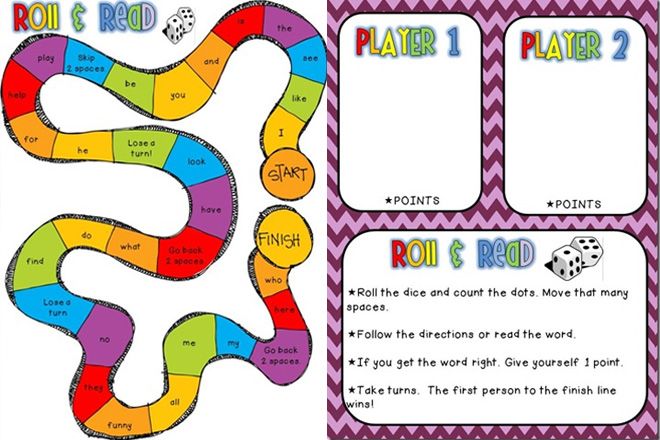
Outdoor games
6. Mime
Time : from 20 minutes.
Number of players : 4 or more.
Rules : The facilitator prepares a certain number of different items and distributes one of them to each of the participants. Players take it in turns to show the others, without words, how this item is used in everyday life. It is important to come up with a non-standard use case so that the rest of us break their heads properly. The one who guessed the most items wins.
The game connects a creative streak and creative approach, and also gives you the opportunity to laugh a lot at the pantomimes and ingenuity of colleagues.
7. Chute
Time : from 20 minutes.
Number of players : several teams from 5 to 10 people.
Rules : Competitors are evenly divided into teams. The leader indicates the route along which the game will take place.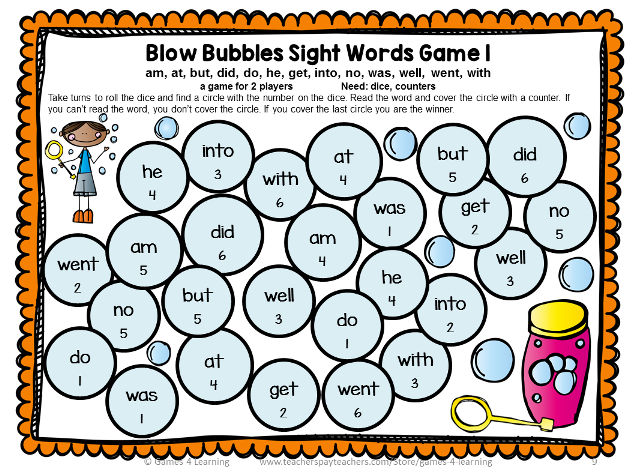 The task of each team is to transport the ball from point A to point B using special chutes that form a pipeline.
The task of each team is to transport the ball from point A to point B using special chutes that form a pipeline.
Each player is given a chute. The participants line up, the leader notes the time and puts the ball in the first chute. As the ball moves, the first player must reach the end of the line in time to catch it and prevent the ball from falling. The team that manages to transport the ball the fastest without dropping or touching it with their hands wins.
8. Queue
Time : from 20 minutes.
Number of players : 5 people or more.
Rules : The facilitator blindfolds the participants. Then he approaches each of them and taps a certain number on his hand. When all players have received their number, the host gives the signal to start the game. The task is to line up without words so that each participant takes his ordinal place.
If there are many people who want to play this team game, you can form several teams and arrange speed competitions.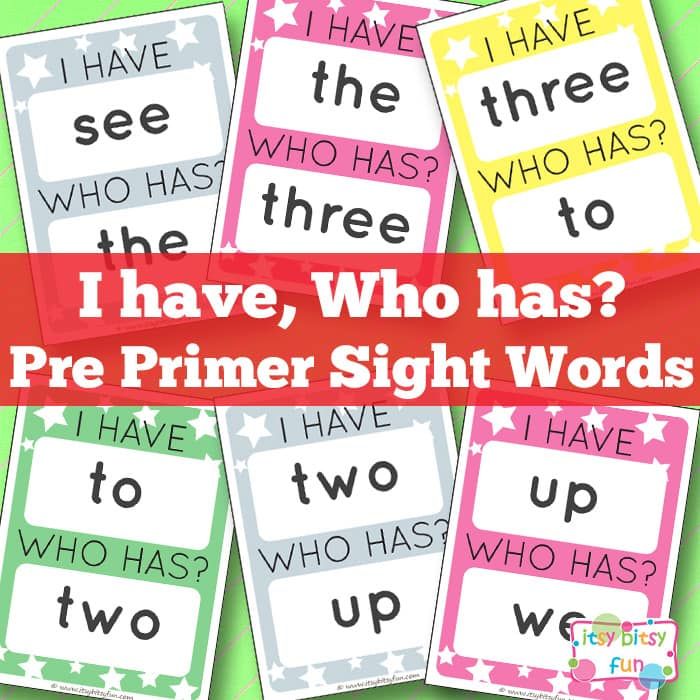
9. Sea knot
Time : from 10 minutes.
Number of players : 5 or more.
Rules : The players are divided into two teams. Each is given a long rope. At the signal of the leader, the players begin to tie all kinds of knots on their rope. After the next signal, the teams change ropes and begin to unravel the knots tied by the opponents. Victory goes to those who complete the task faster.
10. Caterpillar
Time : from 15 minutes.
Number of players : 5 or more.
Rules : Teams line up one behind the other, heads in the same direction. The participants hold a rope in their hands, all but the last person are blindfolded. At this time, the leader hides a certain object in the field of view of the player standing last in the line. The task of the team is to find the hidden object, following the instructions of the "tail".
To make it more difficult, you can prevent the participants from talking during the game. Before the start, the facilitator may give the players a minute to come up with signs for communication in the team. Again, if the number of participants is too large, you can divide into several teams and play the "Caterpillar" for speed.
Online games for remote teams
11. Emoji Stories
Time : from 10 minutes.
Number of players : from 3 people.
Rules : The team chooses a leader. He writes the beginning of the story in the general chat, which consists of a maximum of six emoji. Then, one by one, the participants develop the story, supplementing it with five emoji so that the story does not lose its meaning. The game continues until the story is completed by one of the participants in the game or until the team runs out of ideas.
12. Five clicks
Time : from 10 minutes.
Number of players : 3 or more.
Rules : Choose two completely unrelated topics. For example, Michael Jackson and the Nuremberg trials. The task of the players is in five clicks and as quickly as possible to find the way through the internal links in Wikipedia from one given topic to the second. The victory goes to the one who fulfilled the conditions of the game first.
This online game will introduce team members to little-known topics, as well as help hone their research skills.
13. Printed racing
Time : from one minute.
Number of players : 2 or more.
Rules : This online game is a typing speed race. Team competitions can be arranged using one of the free services (for example, this one or this one). Announce the tournament: each of the participants performs a certain task and publishes the results in the general chat. Of course, the fastest one wins.
Of course, the fastest one wins.
In order for the participants to feel the team spirit, you can divide the players into teams, give them a common task and summarize the result. A well-honed fast typing skill is a big plus in the work of any specialist.
14. Show and tell
Time : 5 minutes or more.
Number of players : from 4 people.
Rules : In a general video chat, the facilitator asks each participant in one minute to find an object in their room that means a lot to the player. Each team member then has one more minute to talk about the chosen item, why it is important to the owner, and how it got into their hands.
15. Danetki
Time : 20 minutes.
Number of players : 5 or more.
Rules : The facilitator tells the participants a very unusual ending for a fictional story (one sentence).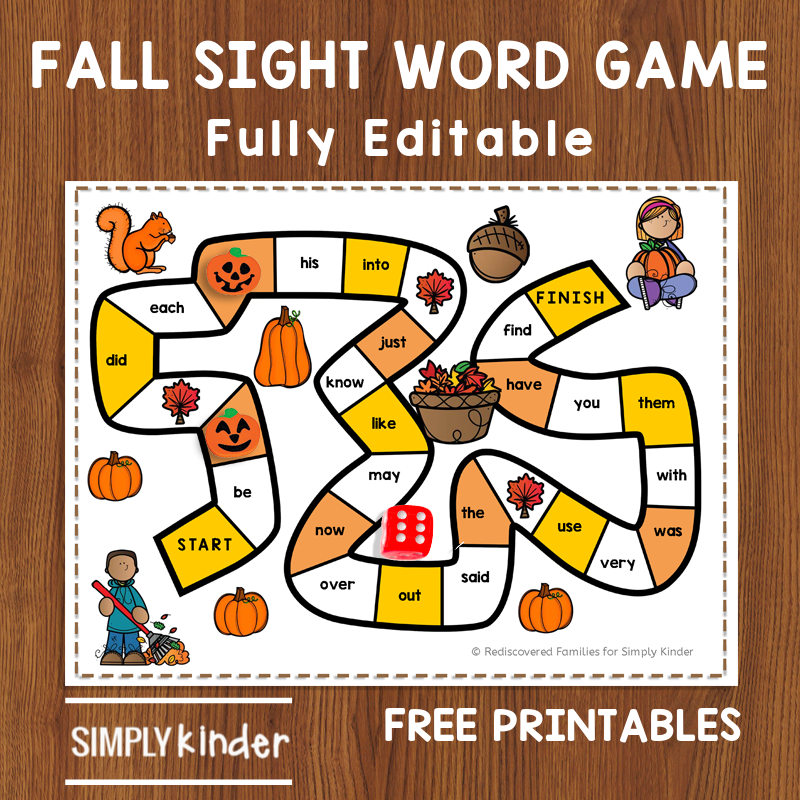 The task of the rest is to recreate history. To do this, they ask any questions, but with one condition: you can answer them “yes”, “no” or “does not matter”.
The task of the rest is to recreate history. To do this, they ask any questions, but with one condition: you can answer them “yes”, “no” or “does not matter”.
Players have 20 minutes to restore history. If they fail, the leader receives a prize that the team came up with before the start of the game.
Indoor team building games
16. Puzzles and negotiations
Time : 1-2 hours.
Number of players : 3-4 small groups or more.
Rules : Participants are divided into at least 3 small teams with the same number of players. Each team receives one puzzle with an equal number of pieces. The goal is to complete the puzzle faster than your opponents.
The catch is that parts of the details of each mosaic are mixed and are in different teams. Each group decides how to get the missing pieces: bartering, bargaining, negotiating, swapping team members, and whatever your imagination can come up with.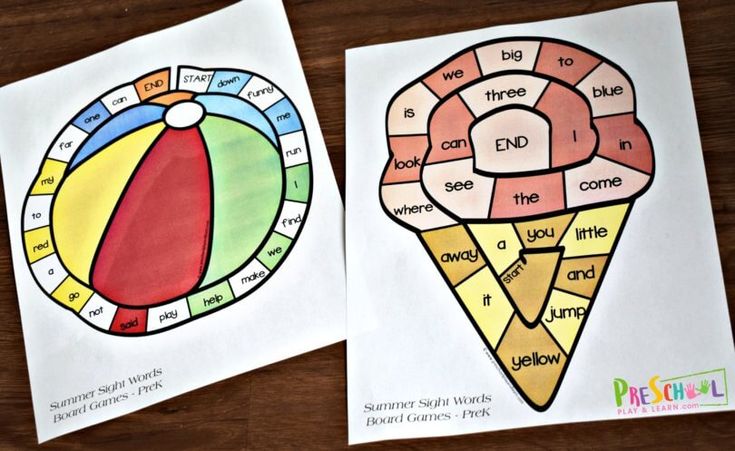
"Puzzles and Negotiations" helps to develop and strengthen the ability to work in a team, trains negotiation skills, helps to identify leadership qualities.
17. Sketch
Time : 30 minutes or more.
Number of players : odd (5 or more).
Rules : The players are divided into two teams and a leader is chosen. He, in turn, invents the story of the robbery and tells it to the participants. After that, the host assigns court artists for each team, and the rest of the players become witnesses to the robbery.
Forensic examination begins: using a free face generator, the host creates a portrait of the main suspect and shows it only to witnesses. They must describe the face to an artist who will attempt to recreate a portrait of the suspect based on the descriptions made by the team. The thumbnail that looks more like the generated face wins.
This fun team building game enhances teamwork skills, showcases the drawing skills (or lack thereof) of the participants, and lifts the spirits of each player.
18. Intuition
Time : from 20 minutes.
Number of players : from 4 people.
Rules : Before the game, ask all participants to send in an unusual photo taken after hours. Then post the photos in a place where everyone can see them. Next, the players take turns guessing what is happening in each of the pictures. After the voiced options, each owner chooses the version closest to the real one.
The game will tell you more about the personal life of employees, their hobbies and hobbies. It is great for newly formed teams, helps new colleagues get to know each other better and reduce the level of shyness in the team.
19. Ambassadors of Peace
Time : from 15 minutes.
Number of players : 3 or more.
Rules : Each participant in the game is given a country by the moderator. Next, the players take turns going out and trying to describe the hidden country without naming it. The winner will be the one who guesses the most countries.
The winner will be the one who guesses the most countries.
Ambassadors of the World is a great team building game that will help demonstrate the communication and creative skills of team members, expand geographical knowledge, and also guarantee a fun time at a corporate party or during a work break.
20. People Bingo
Time : from 30 minutes.
Number of players : 3 or more.
Rules : Back to the classics again. The basis of this team building game is Bingo, which is popular all over the world. Only instead of numbers on the cards, each participant will describe unusual life situations that the team will come up with together before the start of the competition.
During the game, the participants ask each other in a circle if the opponents have encountered the situation described on the card. If someone answers yes, the person who asked the question crosses out the box with it. Just like in traditional bingo, the first person to get a row of crossed out fields vertically, horizontally, or diagonally wins.
Just like in traditional bingo, the first person to get a row of crossed out fields vertically, horizontally, or diagonally wins.
People Bingo is entertainment that allows you to learn more about the people you work with.
To summarize
Team building games are an important component in building an effective team. They help employees relax and switch, relieve tension and stress. In addition, corporate games develop the speed of thinking and reactions, improve communication and creative skills, and provide an opportunity to show the best qualities. This will subsequently lead the team to high results and successfully implemented projects.
And finally. To unite the team and maintain good relations within it, you can create good habits and traditions. For example:
We hope that our article will help in choosing effective ways to maintain a friendly atmosphere in the office, which will positively affect the results of each employee and the business as a whole.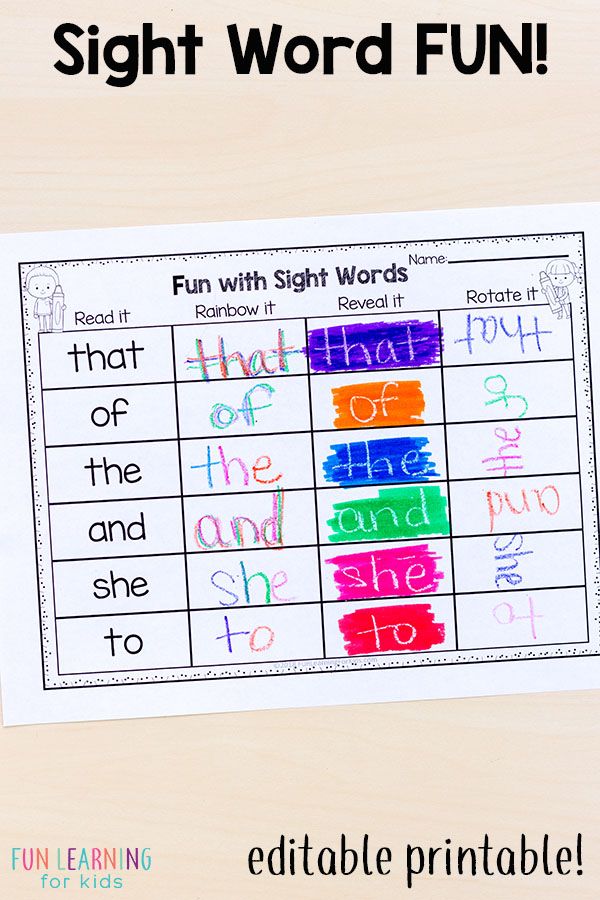
4.7 twenty votes
Article rating
5 verbal and linguistic games in the Russian language classes
A valuable method of stimulating interest in learning is the method of using various games and game forms of organizing cognitive activity in the classroom with students and schoolchildren.
The most budgetary game form is a language game, part of which are verbal (not acting) and verbal-role-playing games.
It is also expedient to single out linguistic educational games.
What's the difference?
Word game is a word game. The game takes place exclusively through the speech interaction of the players. The word game is aimed not only at the development of language flair, but also at the development of attention and memory.
Role-playing games - a kind of role-playing games with a complete absence of a material component: the game takes place exclusively through the verbal interaction of the players describing the actions of their characters, and the master describing the realities of the surrounding world and the reactions of master characters.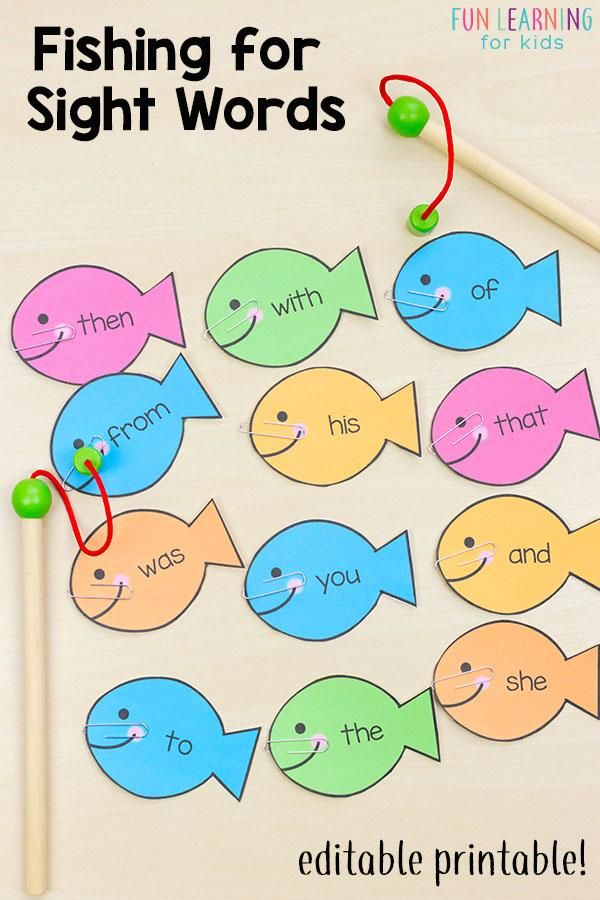
Linguistic game is a language game related to language learning and speech enrichment, with the development of logical thinking, communicative features of speech in terms of taking into account lexical, grammatical, orthoepic, syntactic features of speech.
Consequently, linguistic games are: orthoepic, lexical, grammatical, syntactic.
Linguistic game “Hidden Motives”
Surely, in the life of every person there was a situation when he committed some act and could not explain why he acted one way or another. Unraveling possible hidden motives is possible through a consistent analysis of previous events.
What we are working on: the logic of speech.
Rules: Divide the group into pairs (sometimes it's easier to unite not in pairs, but in threes). In each pair, one of the participants tells a situation that he cannot explain. The partner, through leading questions, tries to find out the facts, to connect them into syllogisms.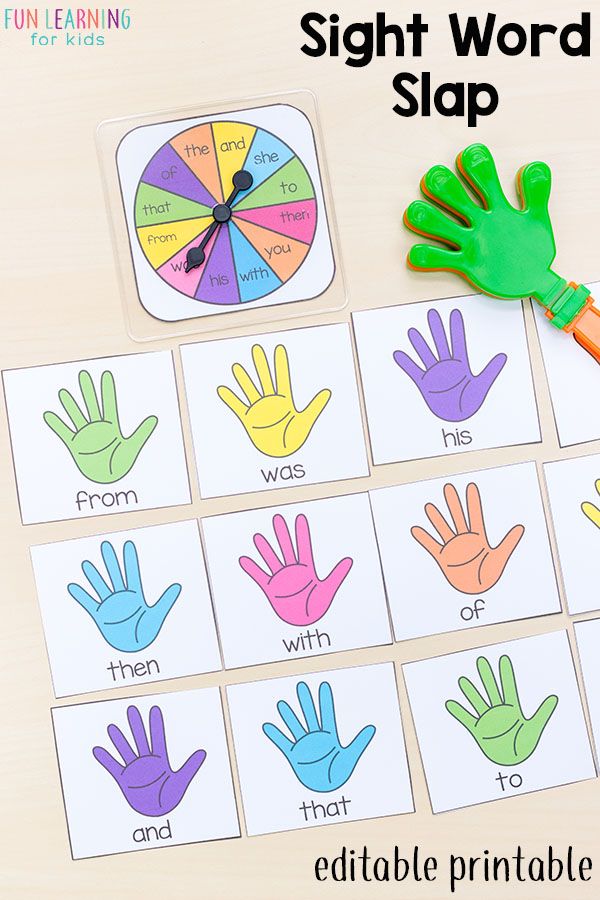
Syllogism is “a form of inference, reasoning, when a third, conclusion, is derived from two given premises or judgments.”
For example, all students take exams in the summer. I am a student, so I have exams in the summer.
In the second round, the interlocutors change places. Then comes reflection.
Word game “One day in the life”
The essence of the game: choose any profession with the students. Together you make up a story from some nouns (verbs, adjectives) about the working day of a professional.
For example, a story about a teacher's day: call-breakfast-lesson-question-answer-five-teacher-director-scandal-lesson-call-home-preparation-sleep.
Important condition: before naming a new noun, each player must repeat everything that was named before him. Then the story will be perceived as a holistic work. To better remember the named nouns, I advise you to carefully look at all the speakers, as if linking the word with a specific person.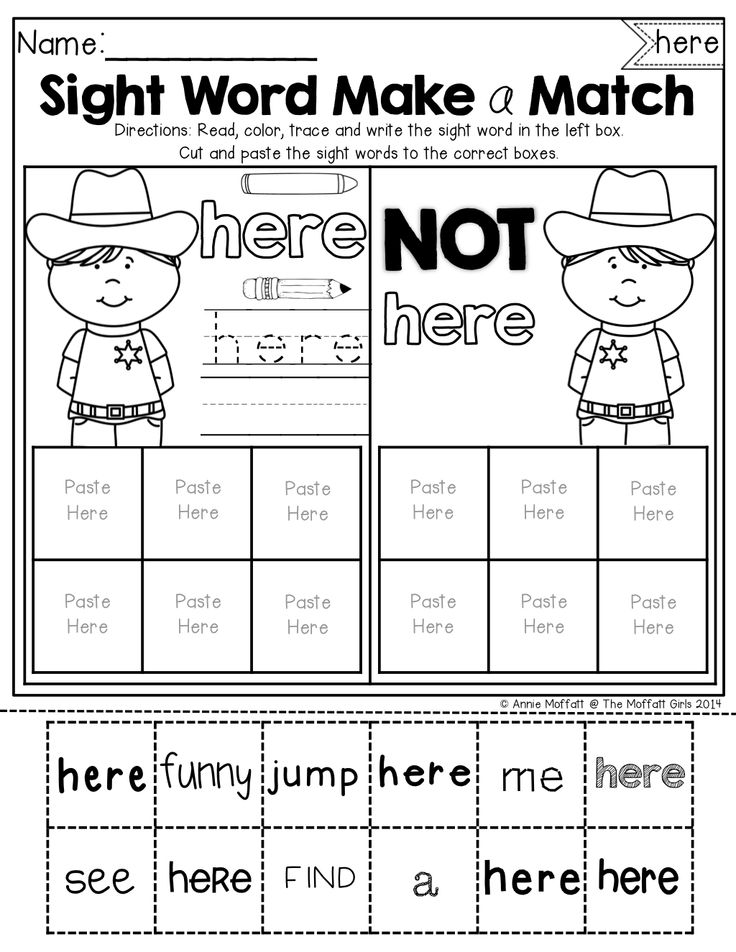
Word game “New Vocabulary”
Usually we play in a circle with students as a warm-up at any lesson.
The essence of this game is to come up with new meanings for ordinary and all familiar words.
For example: a suitor - a lover of fish soup, a monster - a volcano, a priestess - a woman who loves to eat, etc.
The one who picks up more interesting words will win. The time allotted for preparation is agreed in advance.
Taboo word game
When I need to talk to listeners/students and students, or lead them to the topic of the lesson, or review previously learned material, I use the word game “TABU”.
The rules are simple: the student gets a card with the word written on it. It needs to be explained. And under this word, or next to it, there are several more that cannot be used in the explanation.
Other students must guess this word.
It is better to prepare cards on your own - for a specific topic (for example, an essay-reasoning - for students, or general scientific terminology - students / cadets).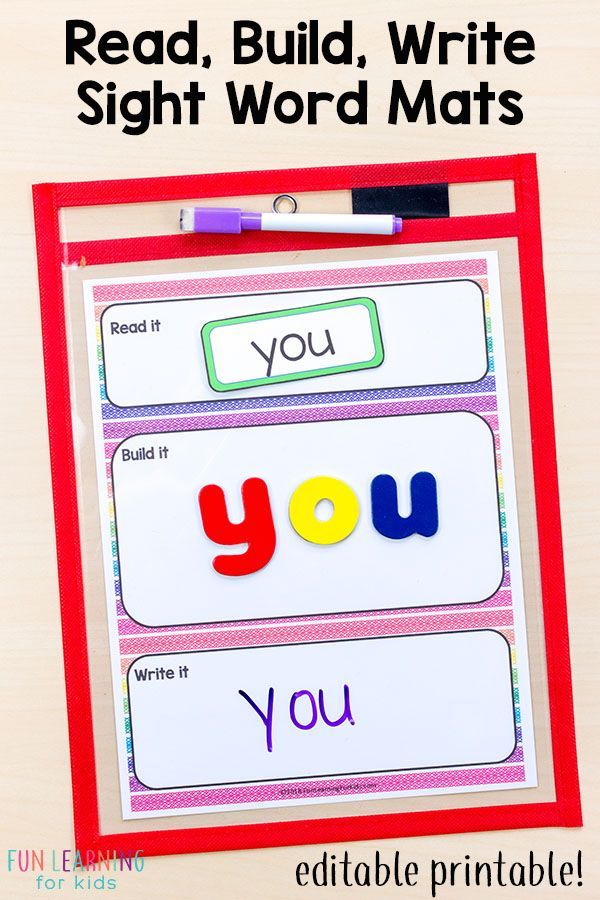
Linguistic game “Sound Images”
The teacher reads/displays the words of the writer E. Zamyatin:
“Every sound of a human voice, every letter in itself evokes certain ideas in a person, creates sound images. I am far from assigning a strictly defined semantic or color meaning to each sound, but
Sound [r] clearly tells me something loud, bright, red, hot, fast.
[l] – about something pale, blue, cold, smooth, light.
Sound [n] - about something tender, about snow, sky, night:
The sounds [d] and [t] are about something stuffy, heavy, fog, darkness, musty.
Sound [m] - about sweet, soft, about mother, about the sea.
With [a] - latitude, distance, ocean, haze, range are associated.
C [o] - high, blue, bosom:
C [i] - close, low, squeezing.
Task: come up with words starting with the letters RLNDTMAOI. Ask students and pupils to voice their sound images.
Word game “Letters-Letters”
One student guesses a word to another, which he must explain to the others, but he can only use words starting with one letter, for example, “p” (any, except for the same root) .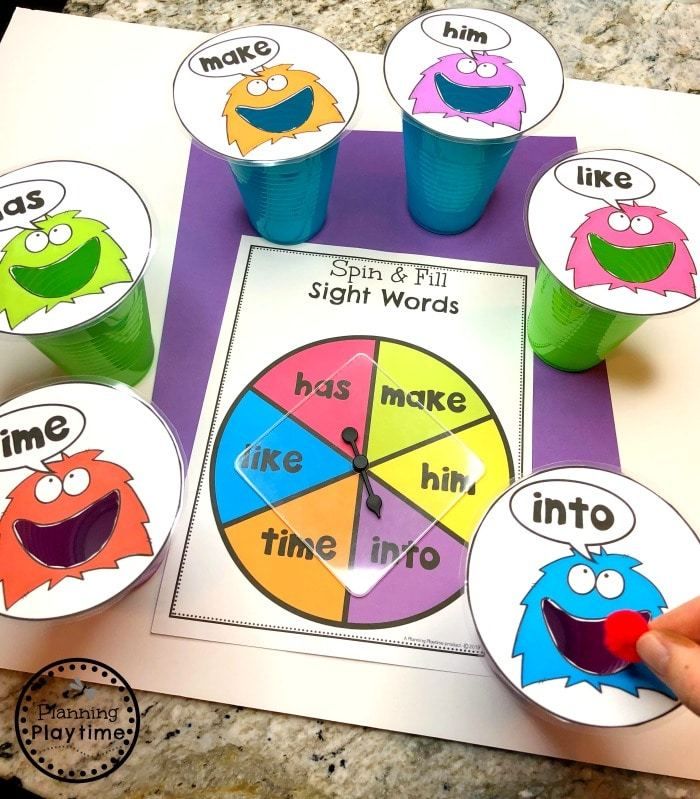 That is, the word “house” will have to be explained, for example, as follows: “built - I live”.
That is, the word “house” will have to be explained, for example, as follows: “built - I live”.
If it was not possible to guess right away, you can throw up additional associations: “building, premises, space, the simplest concept…” And at the end add, for example, “Pérignon” – by association with Dom Perignon champagne.
If the guessers are close to winning, then the teacher will need comments like “about”, “about”, “almost right” - or, in the opposite situation: “bad, wait!”. Usually, after the word is guessed, the explainer comes up with a new word and whispers it into the ear of the guesser - he becomes the next leader.
Word and language games are a great way to increase the effectiveness of your classroom activities. They can be used at various stages of the lesson: at the beginning - to create a favorable atmosphere and repeat the material that will be later used in speech, in the middle or end of the lesson - to relieve fatigue, at the end of the lesson, when there are a few minutes left before the call and there is no point start some more serious exercise.